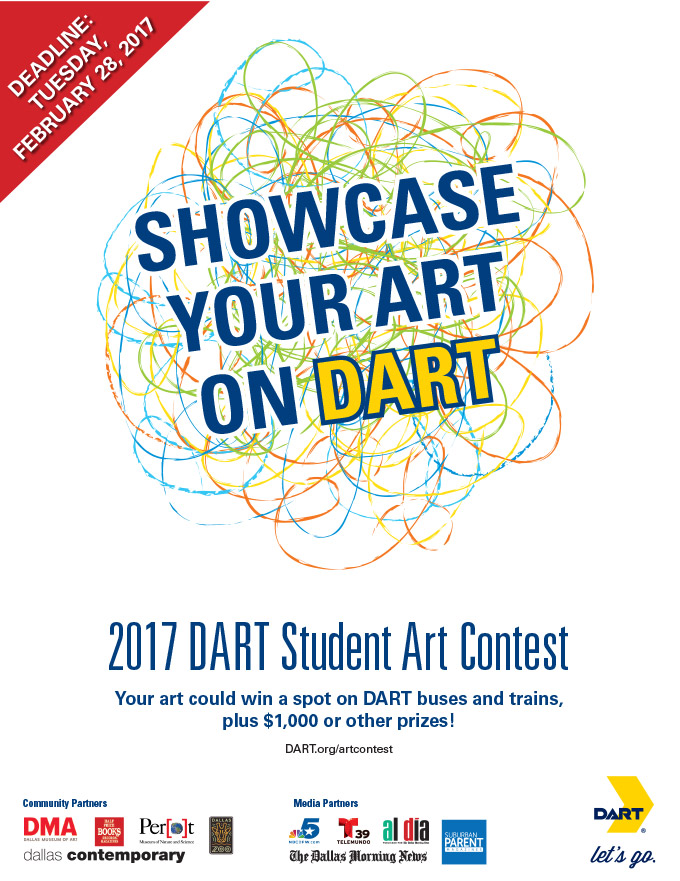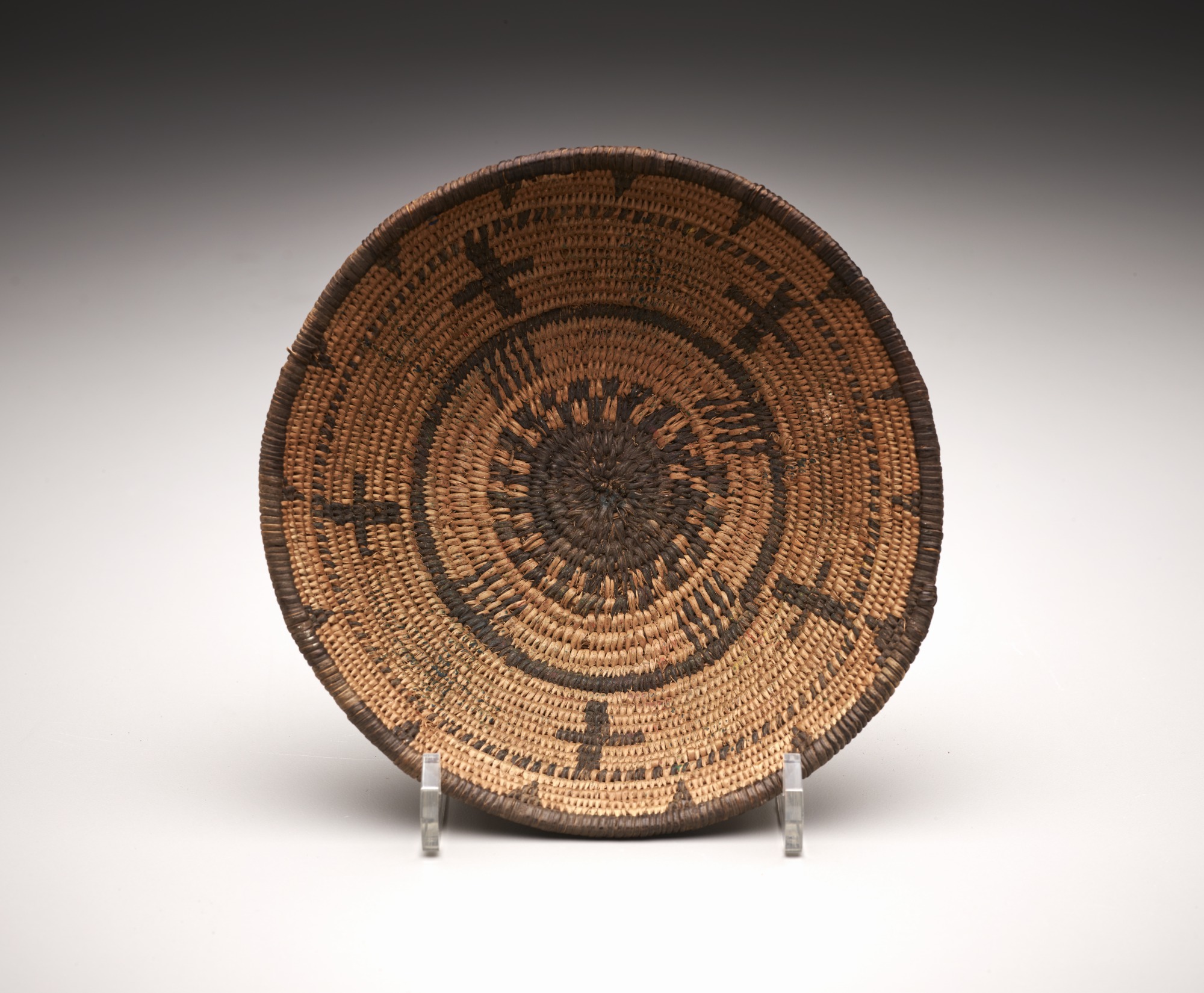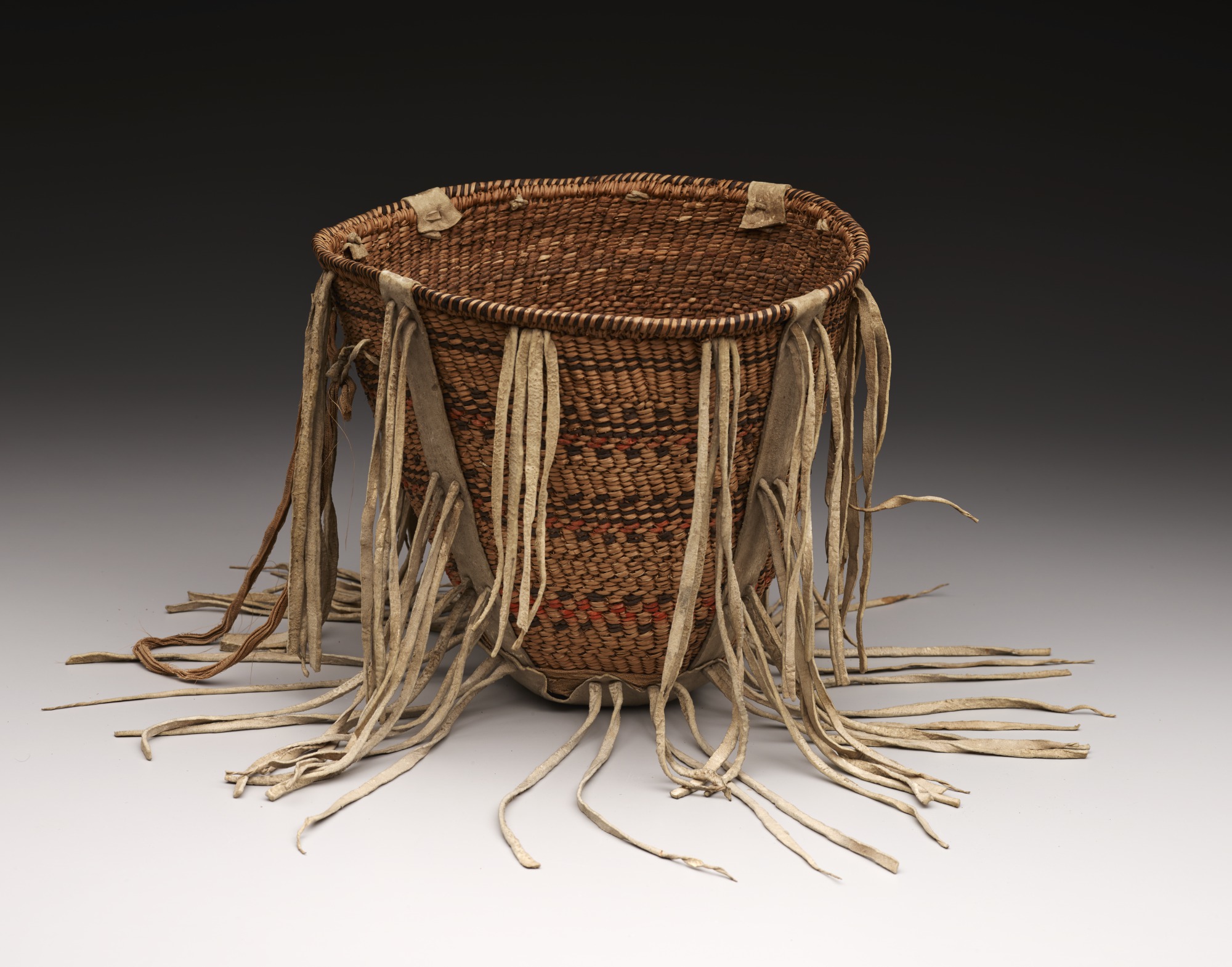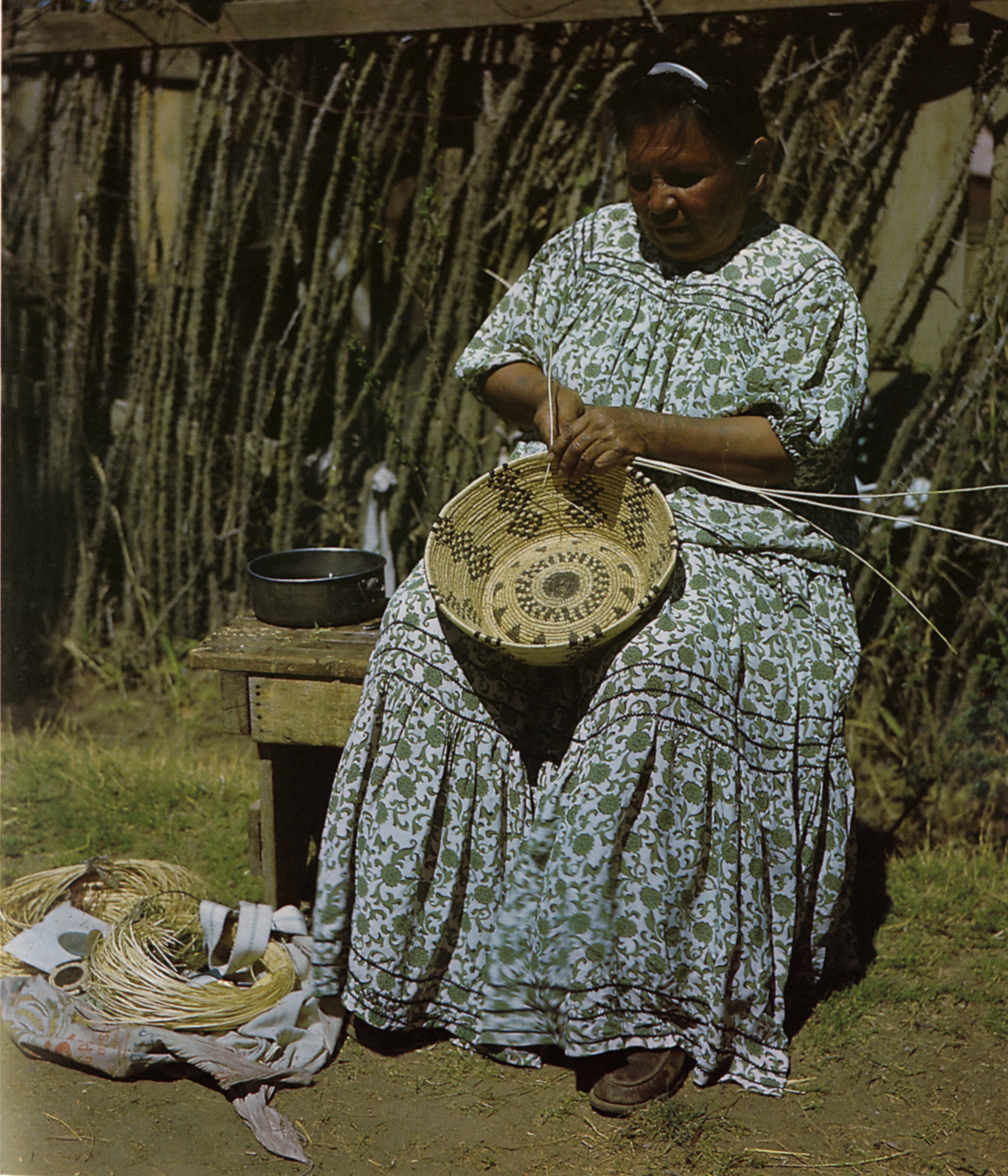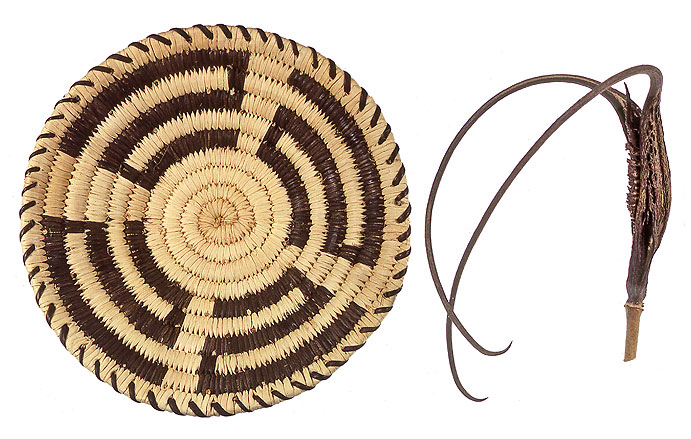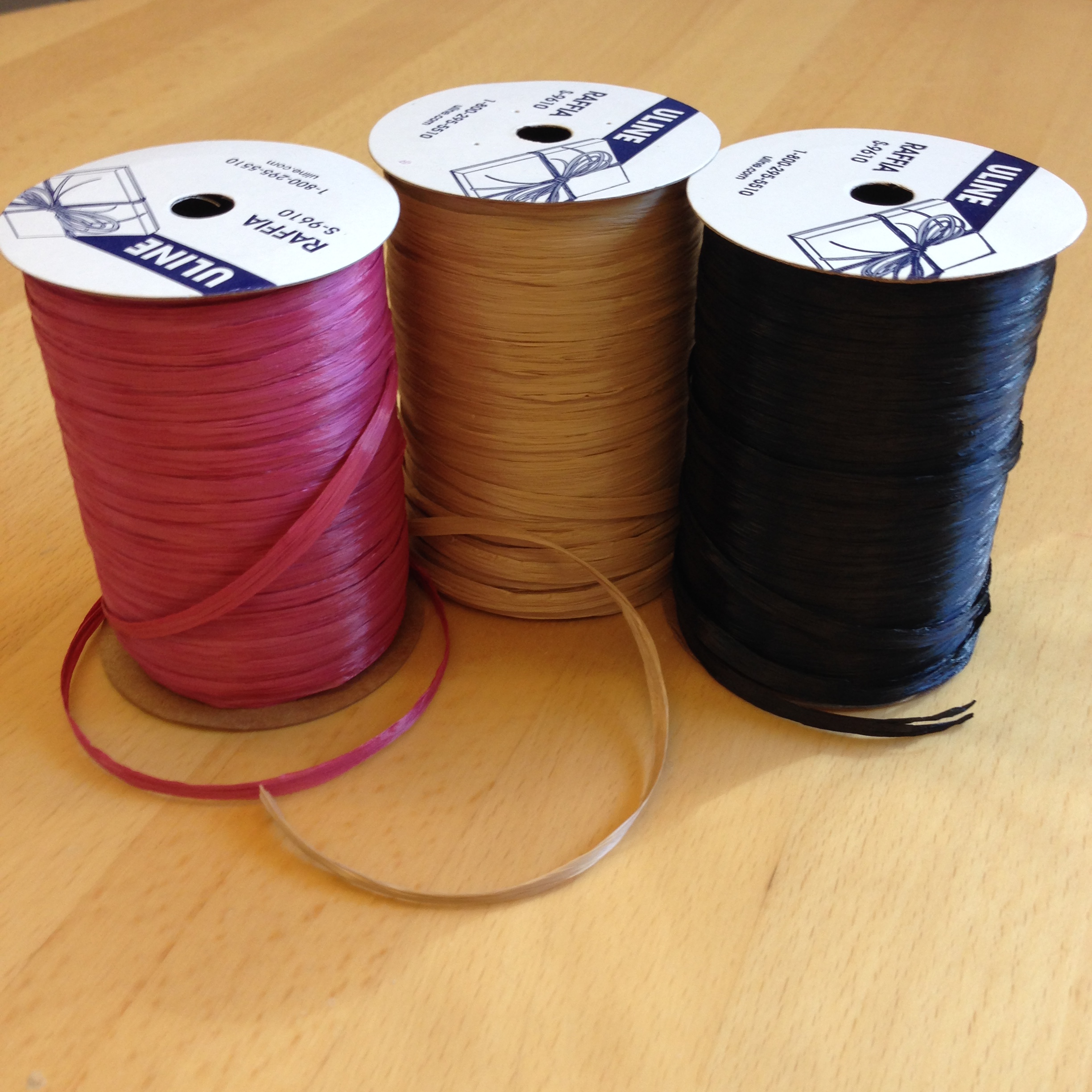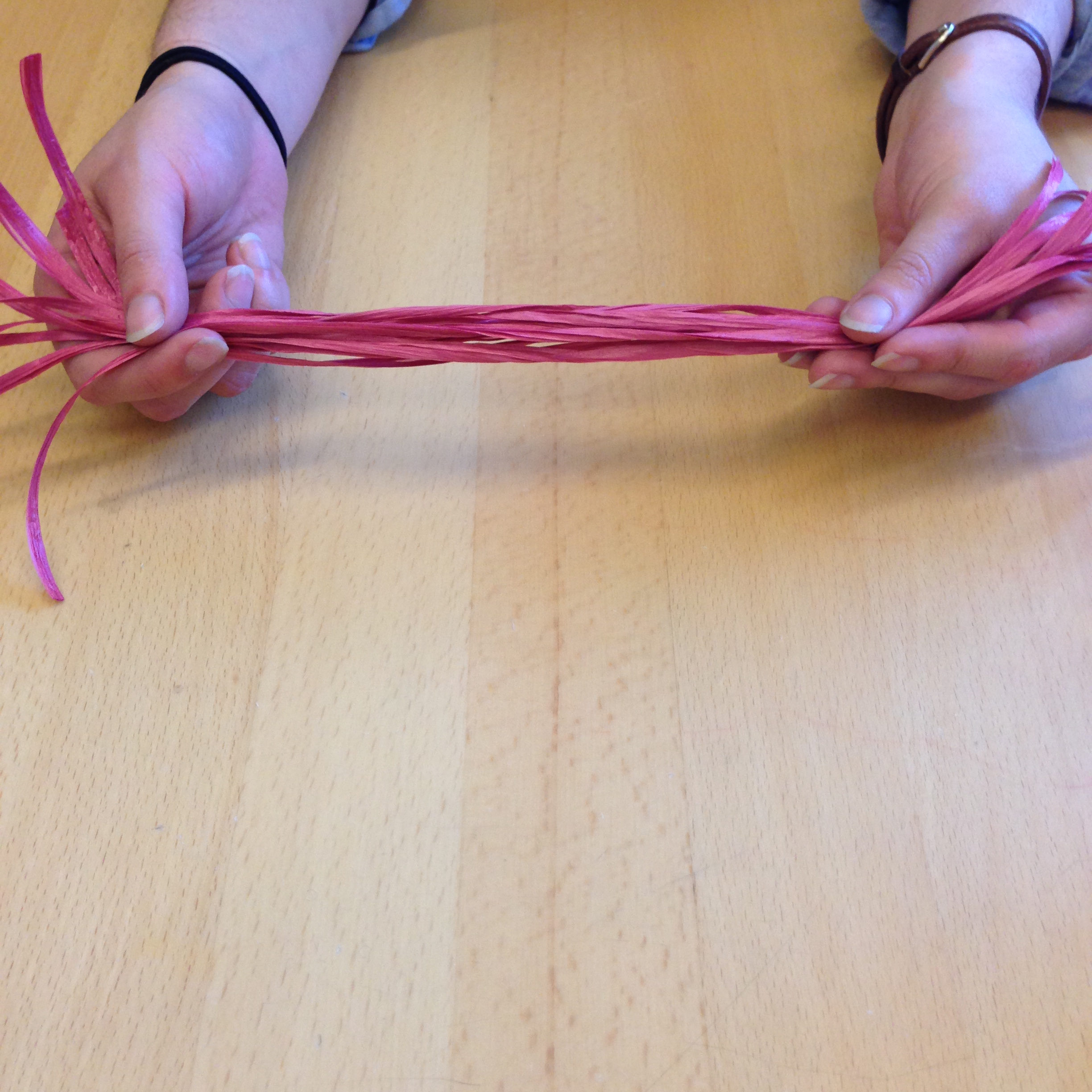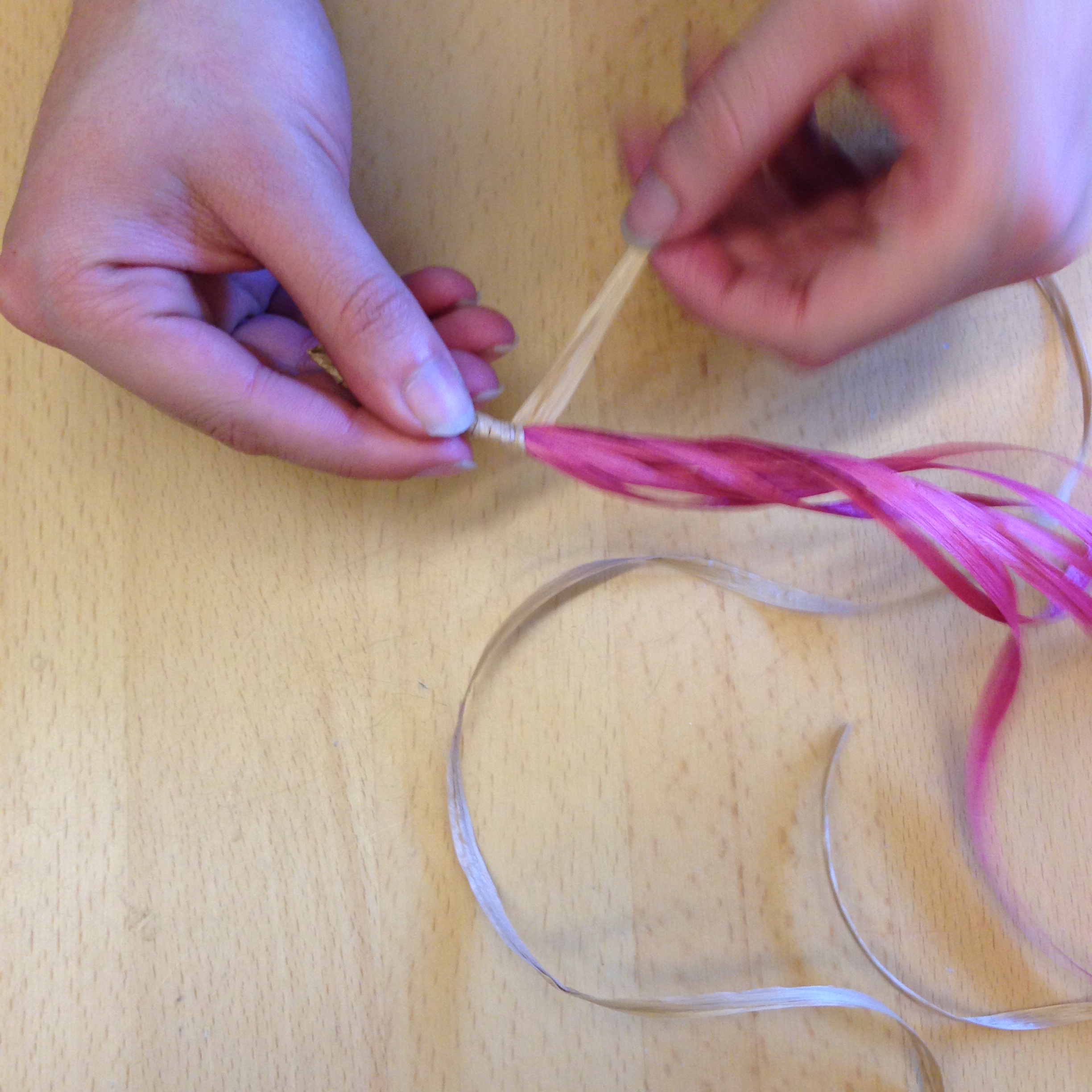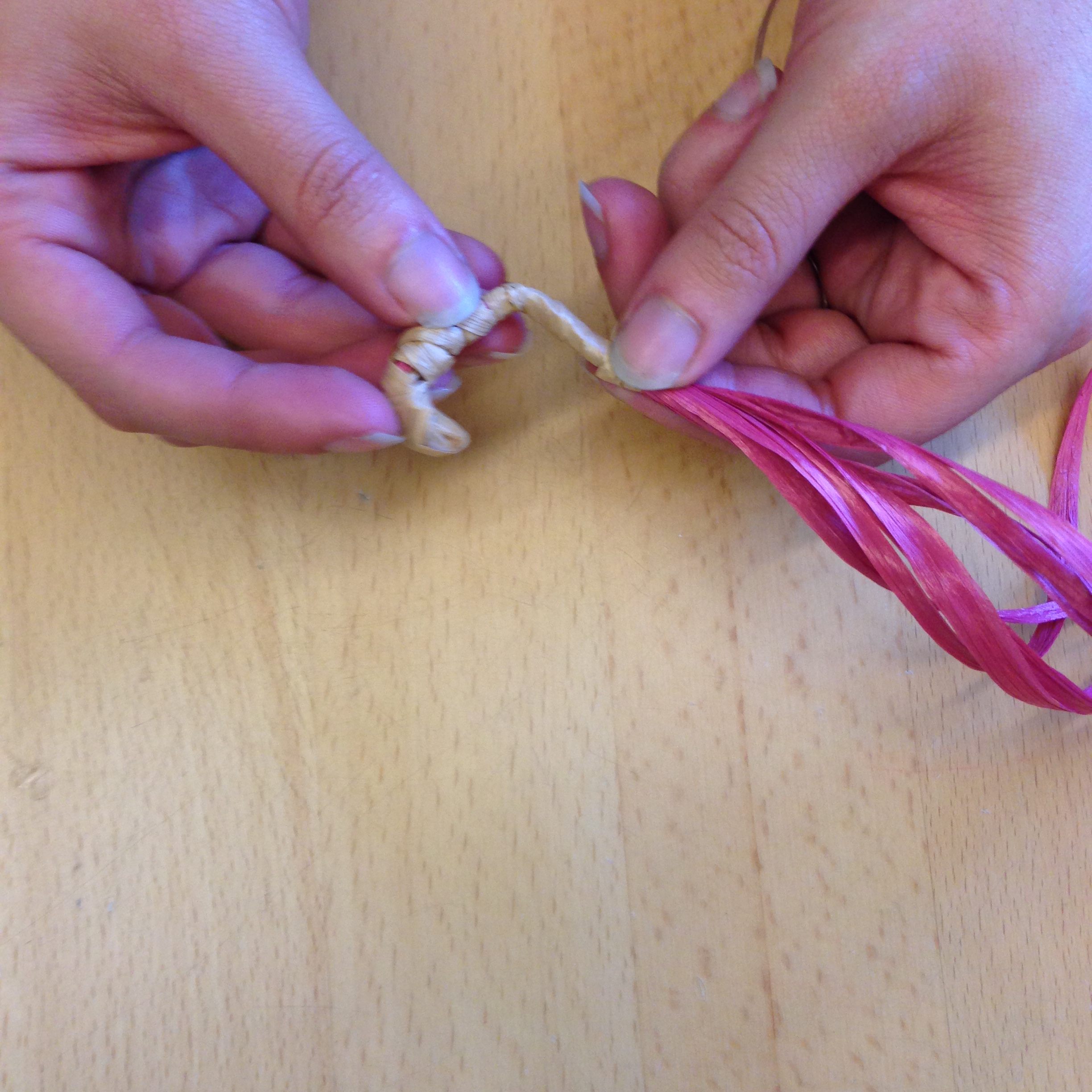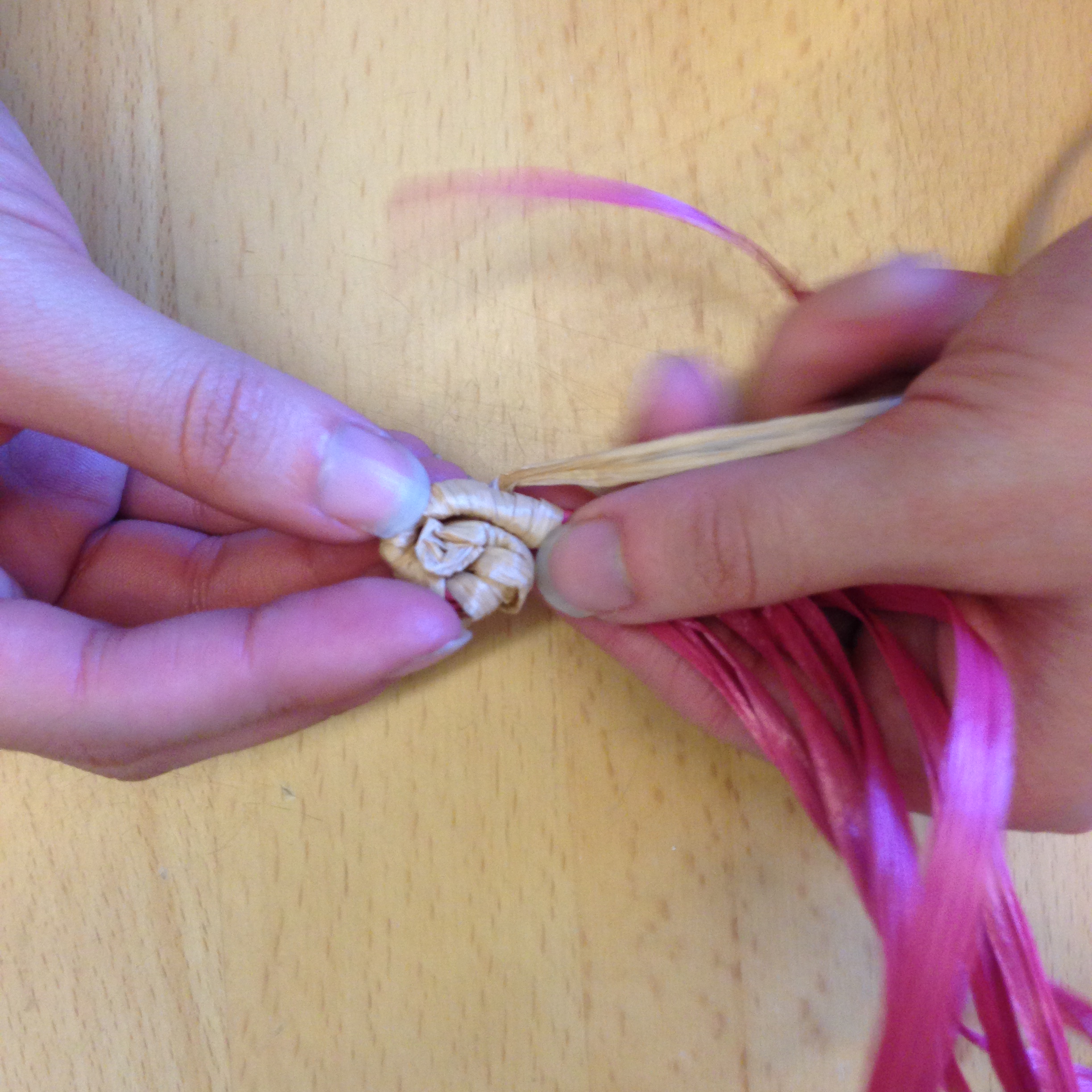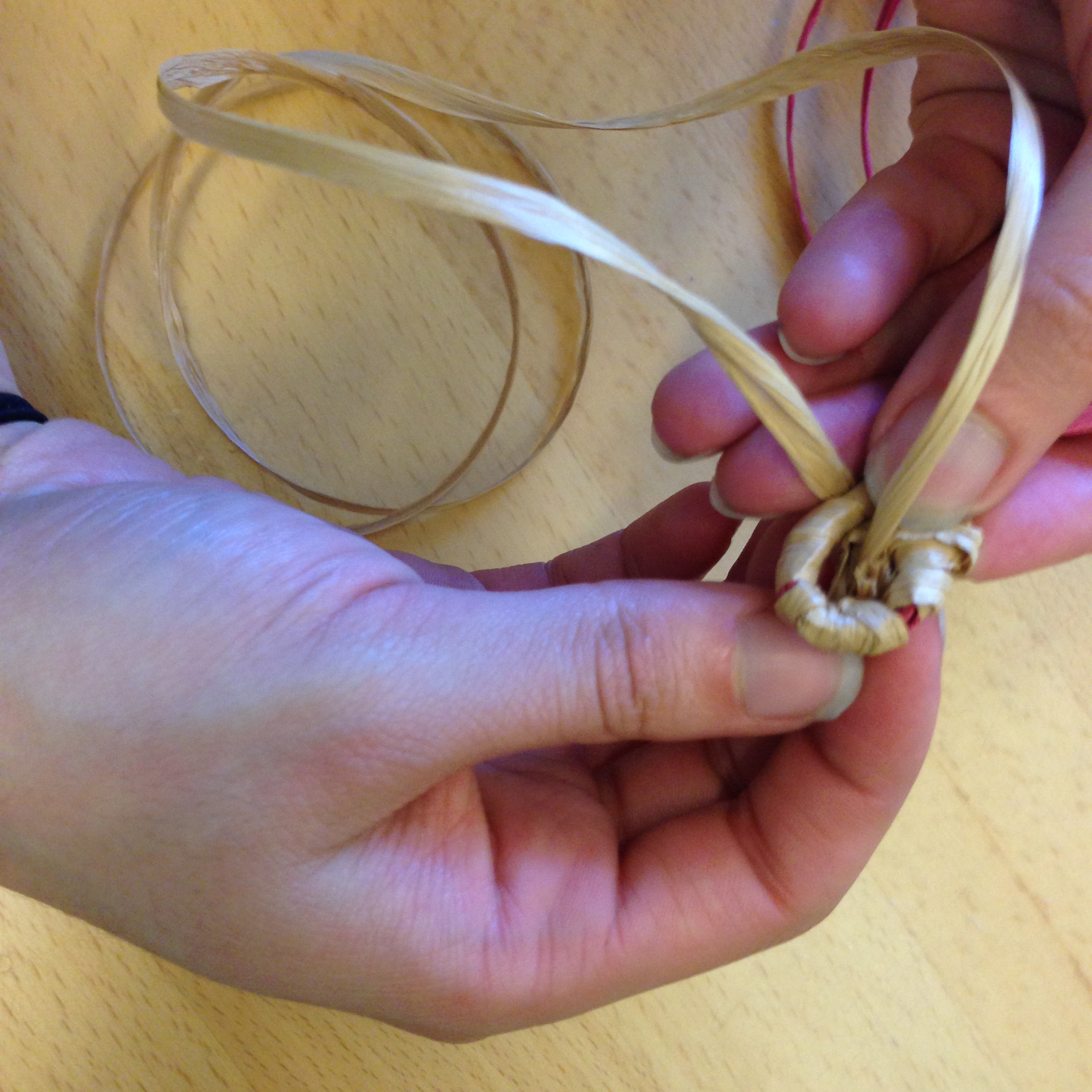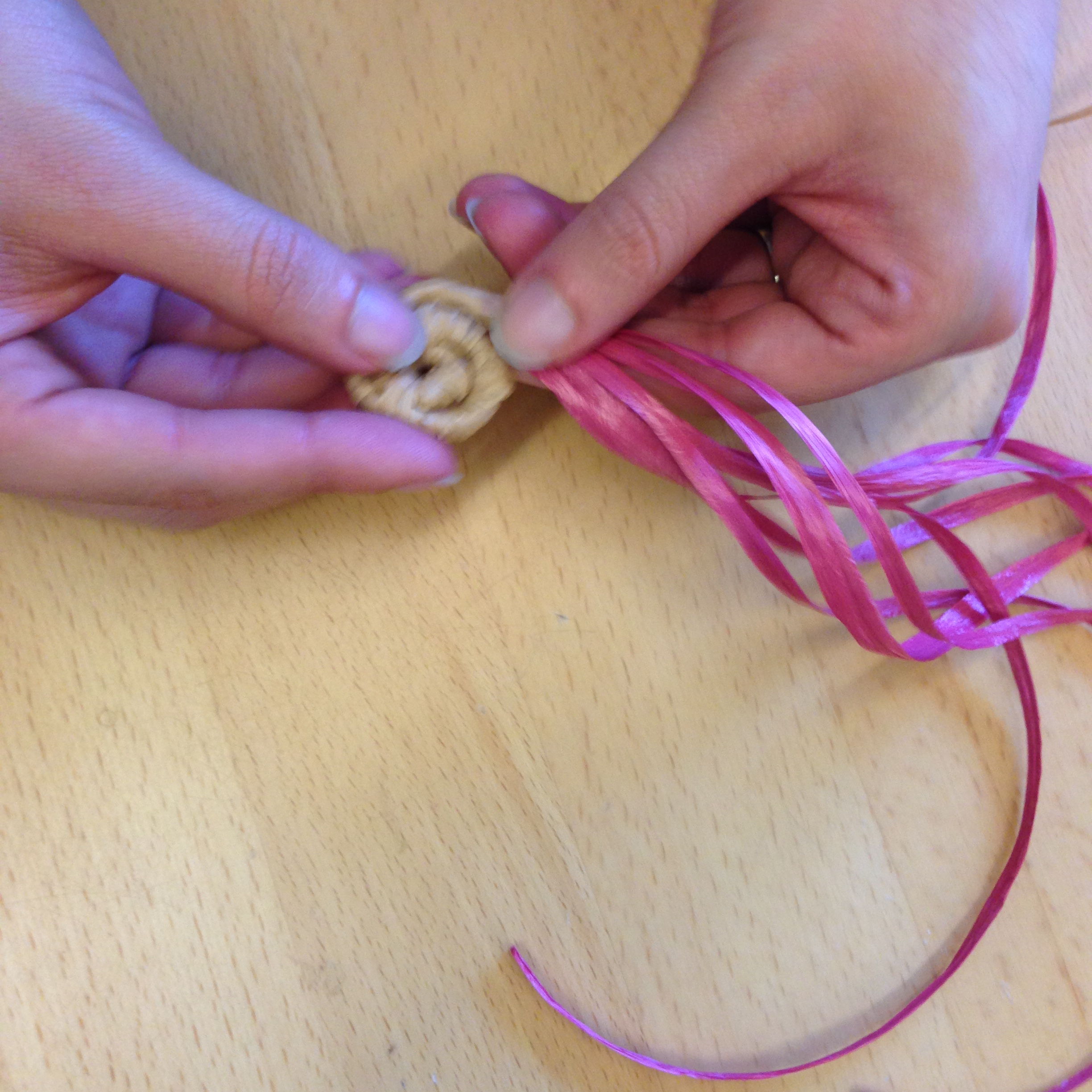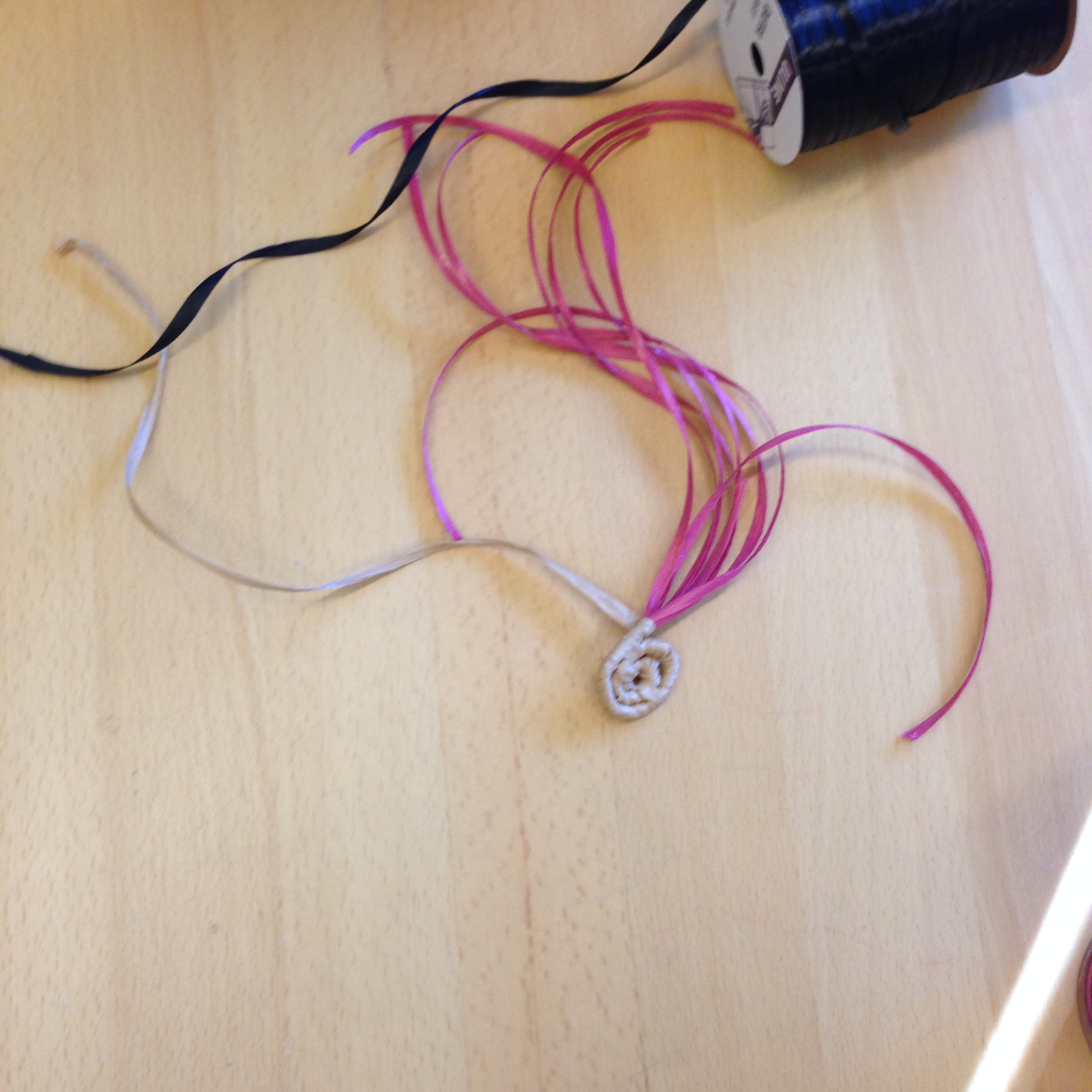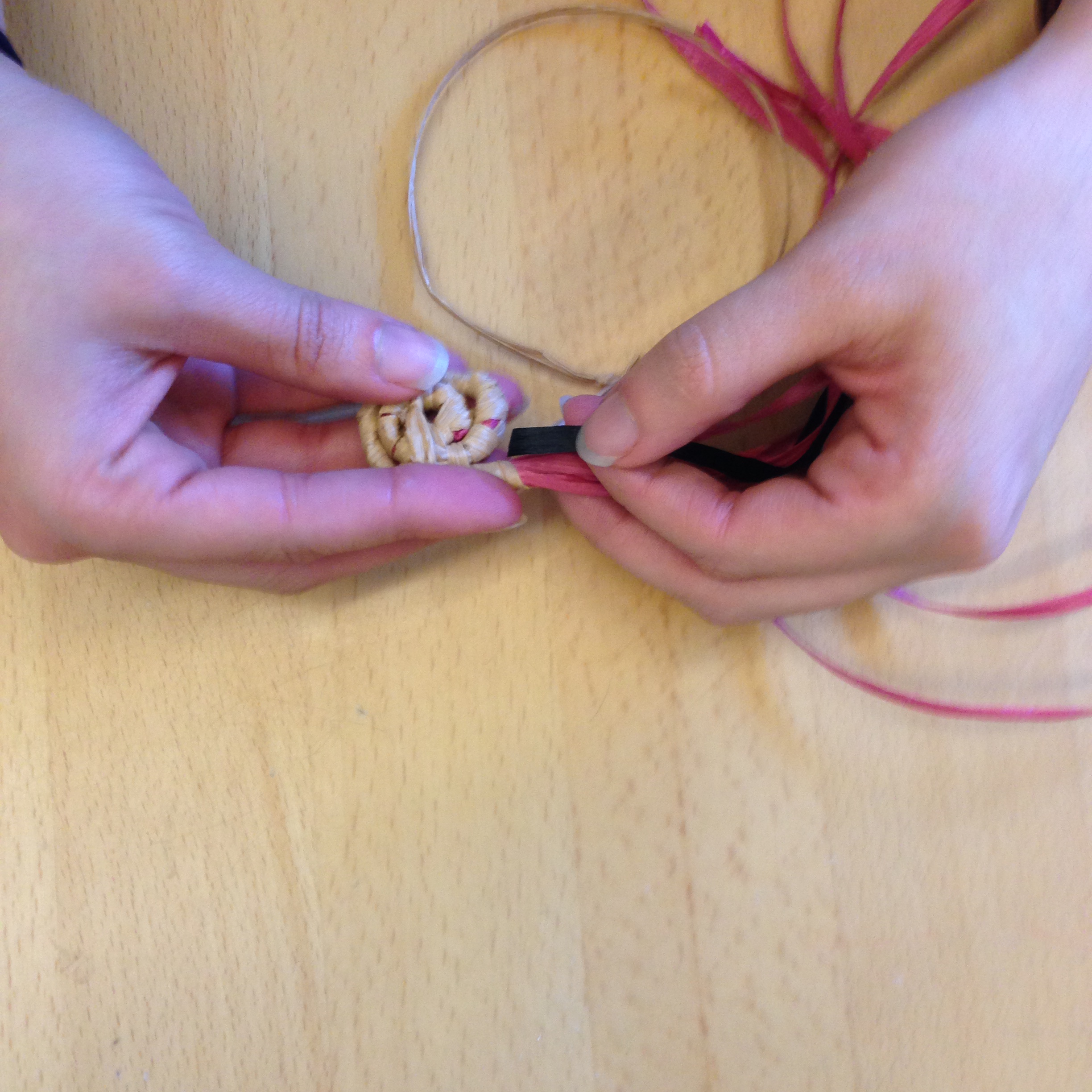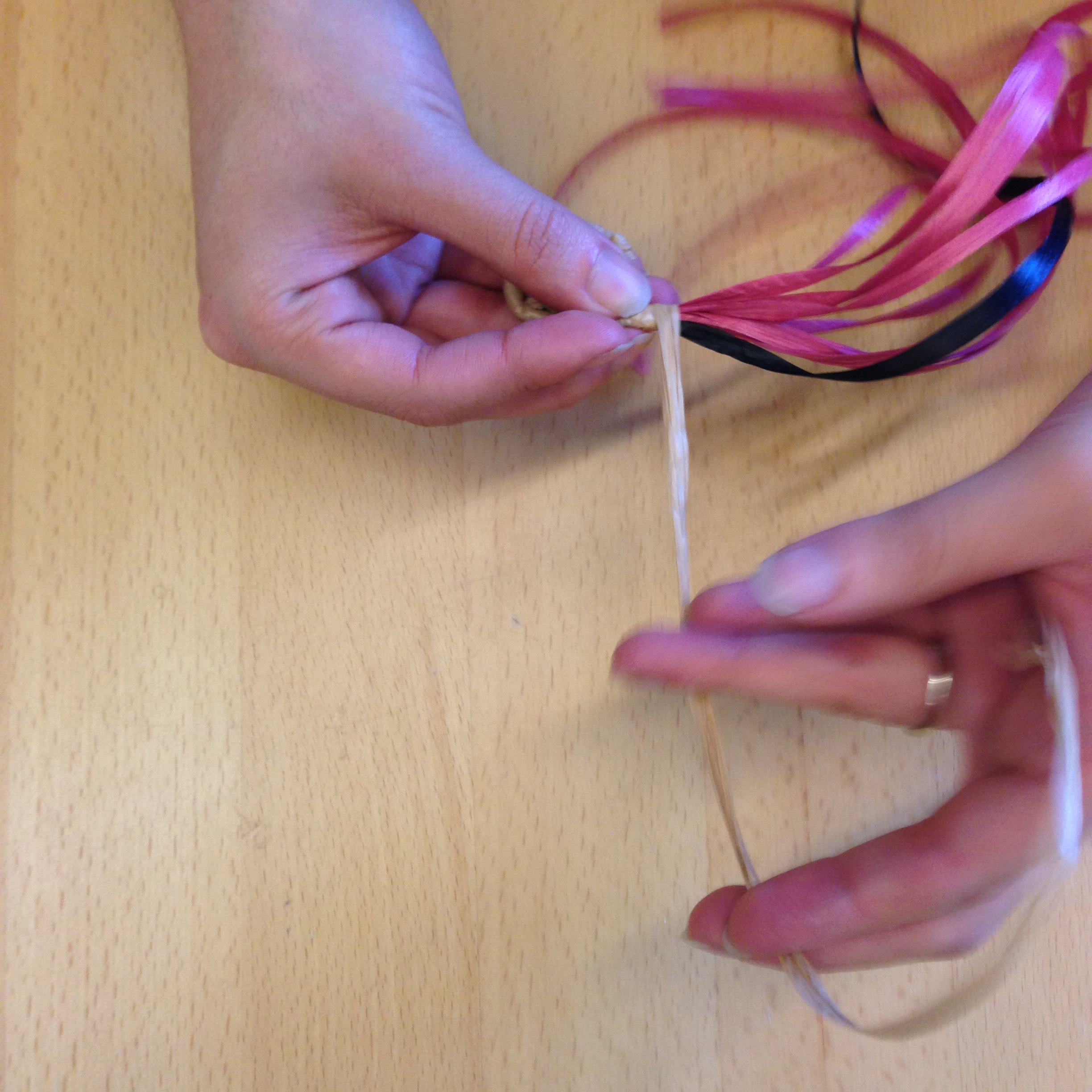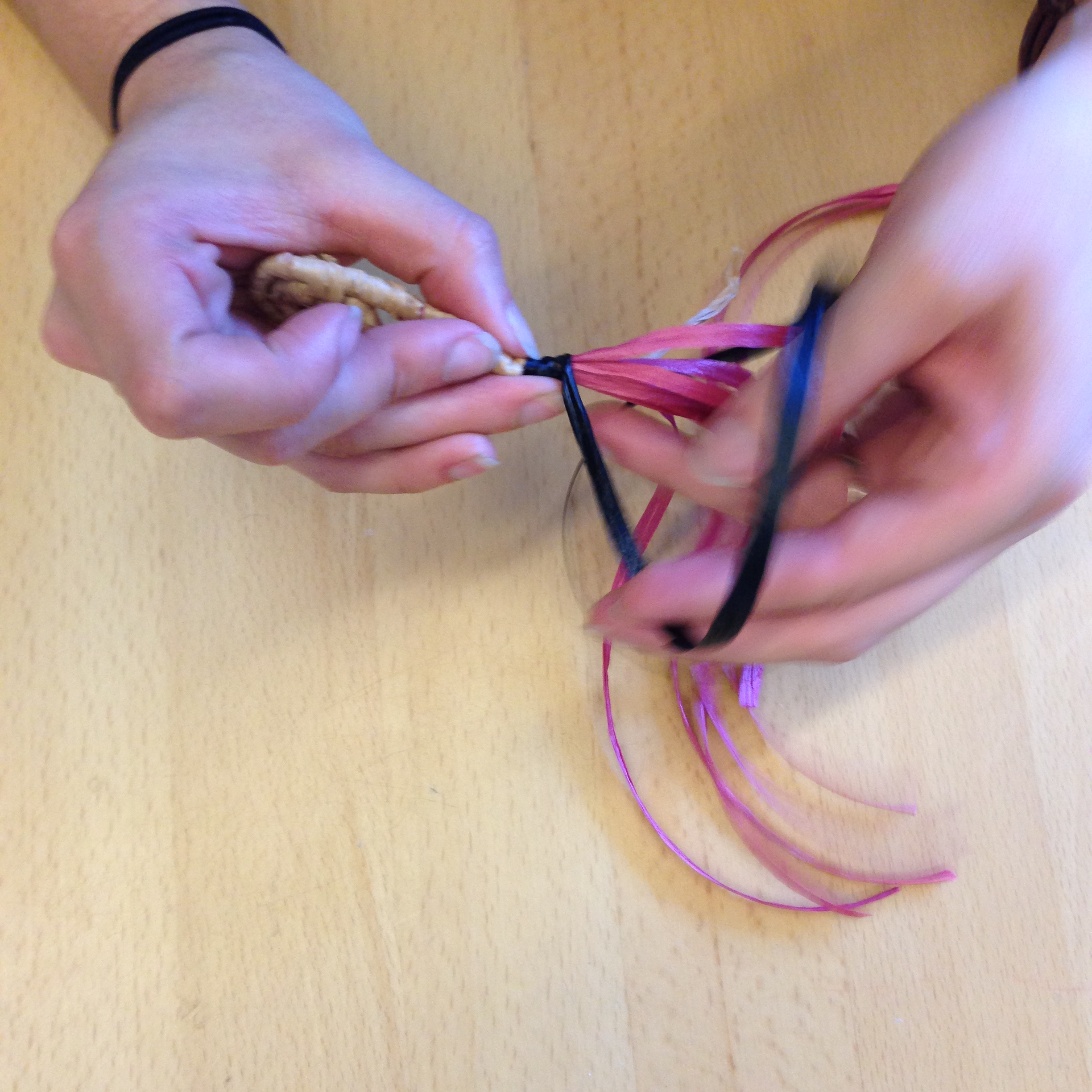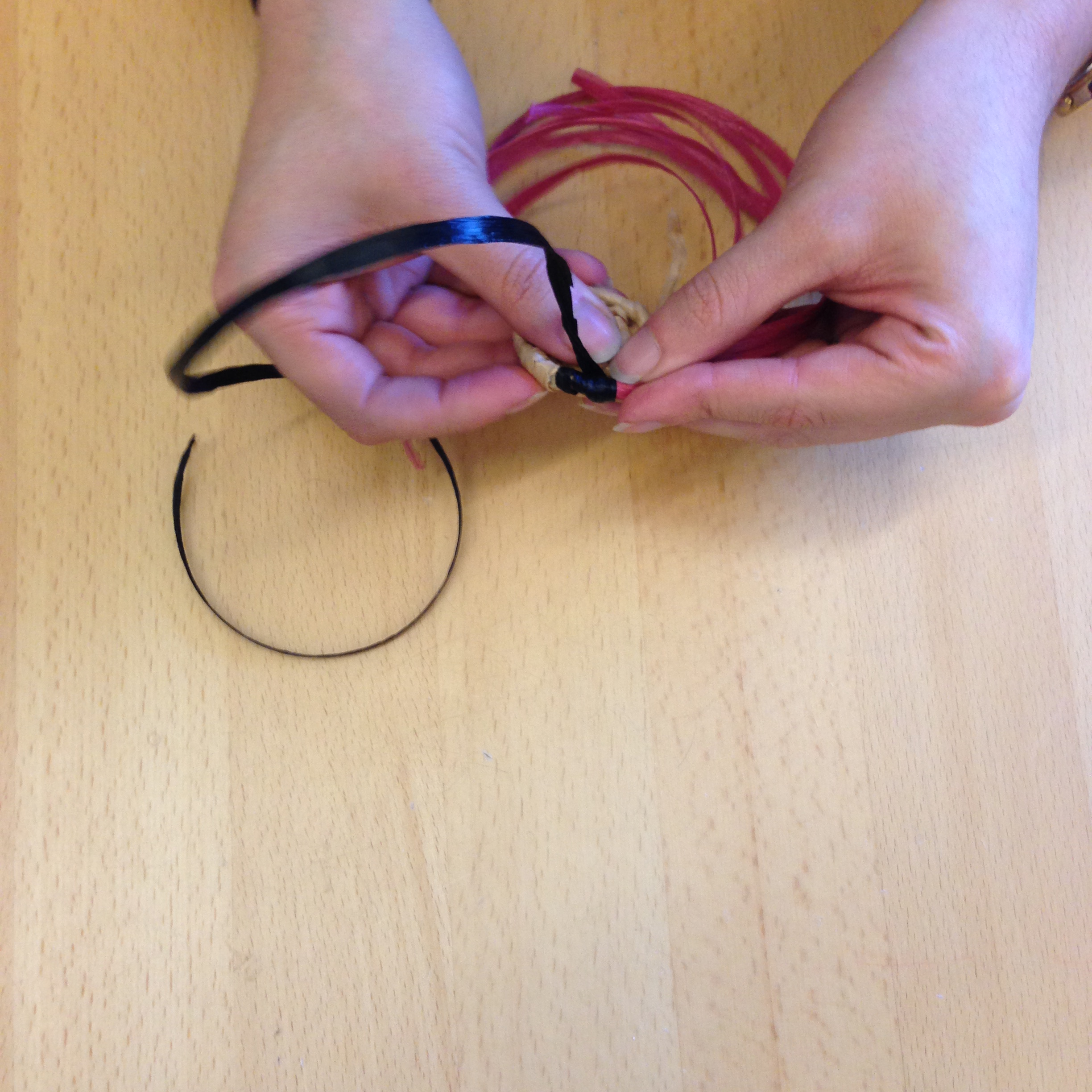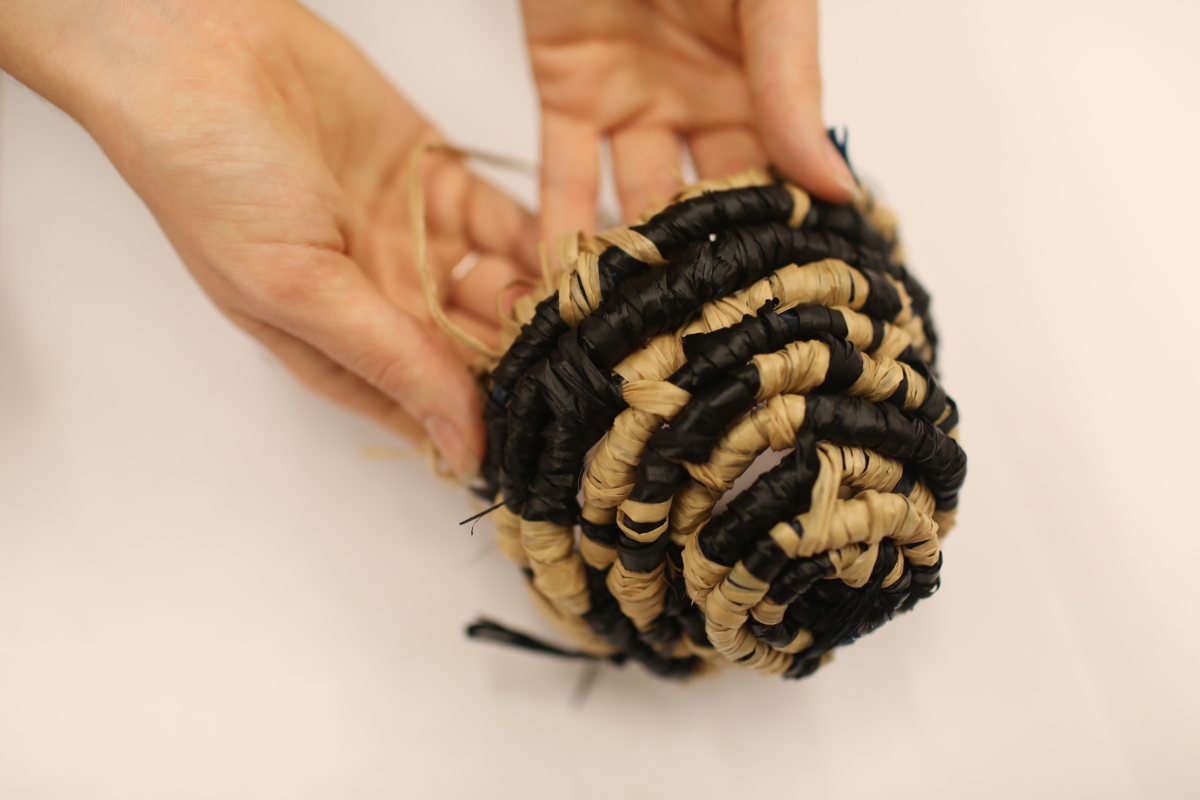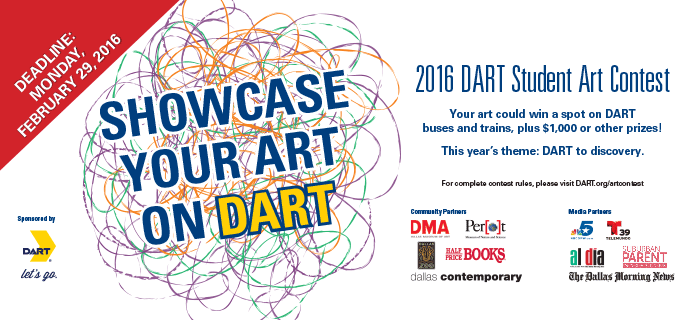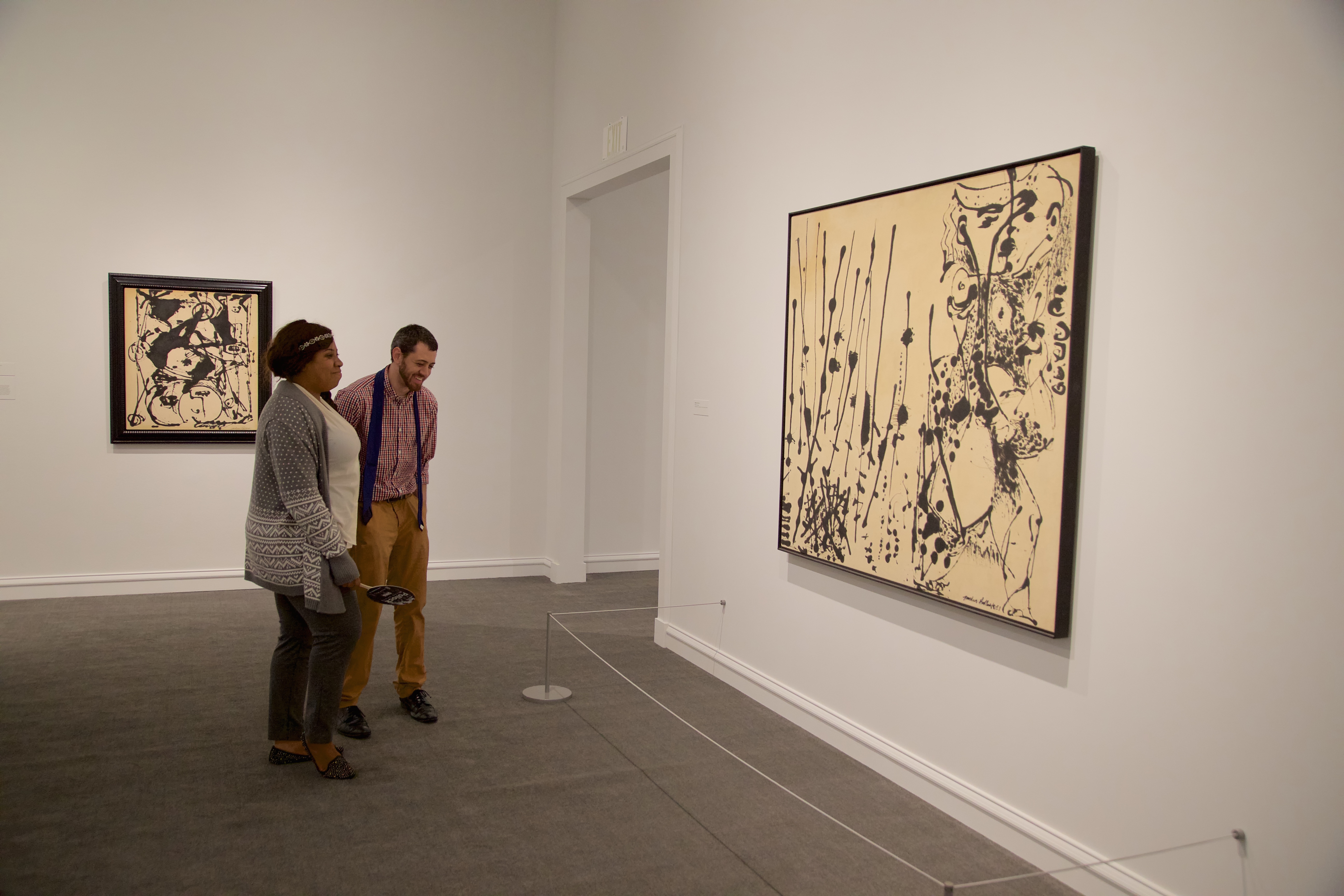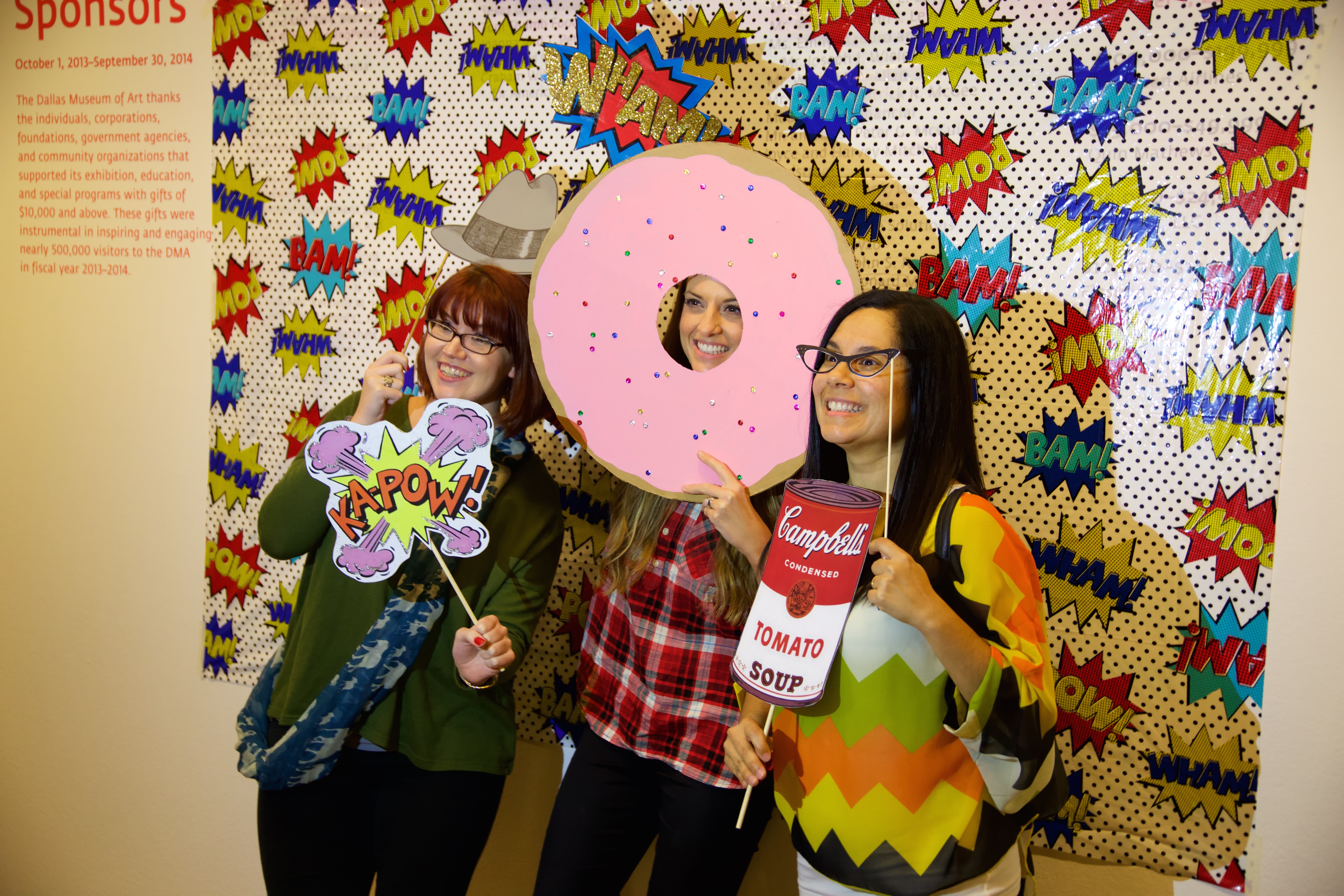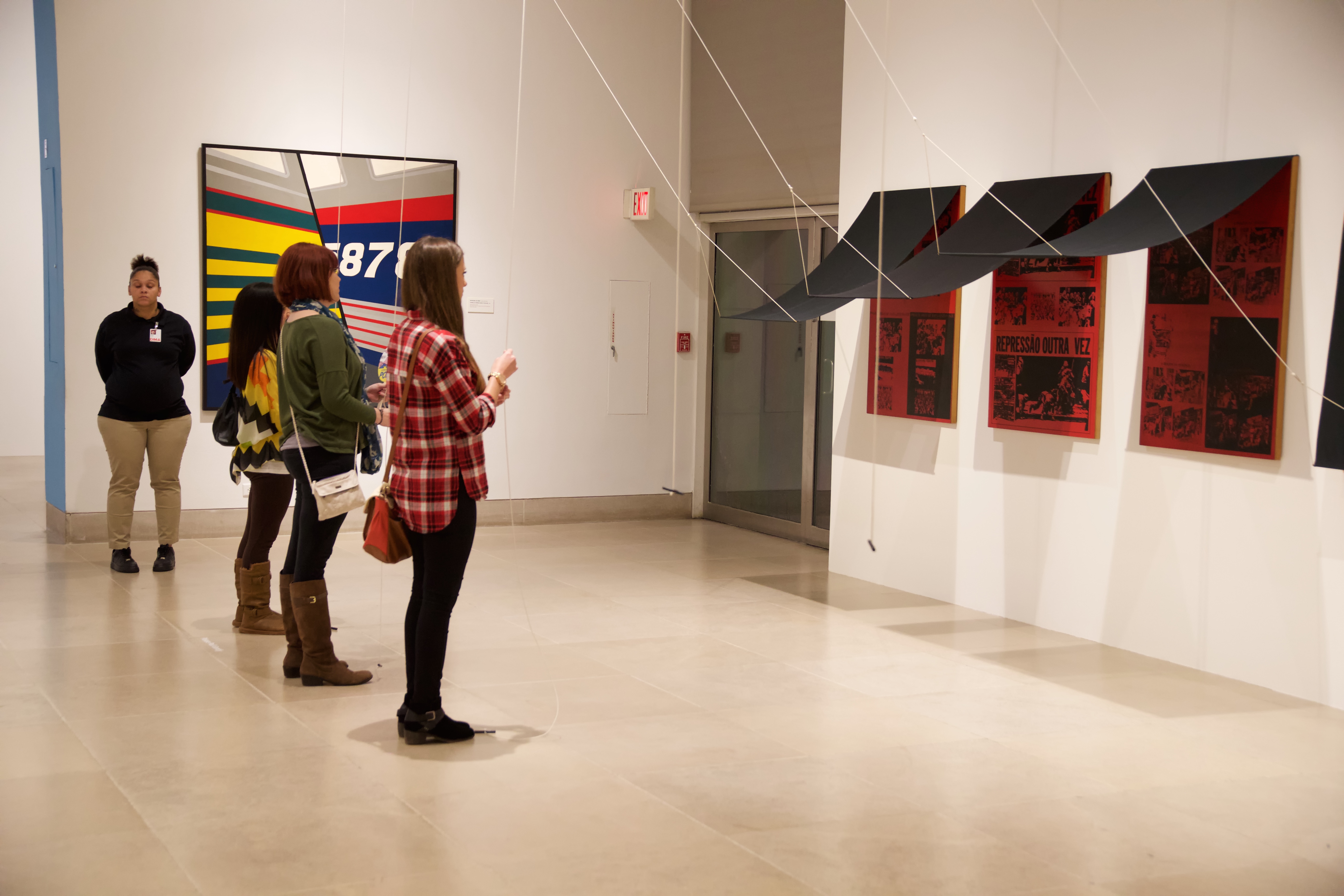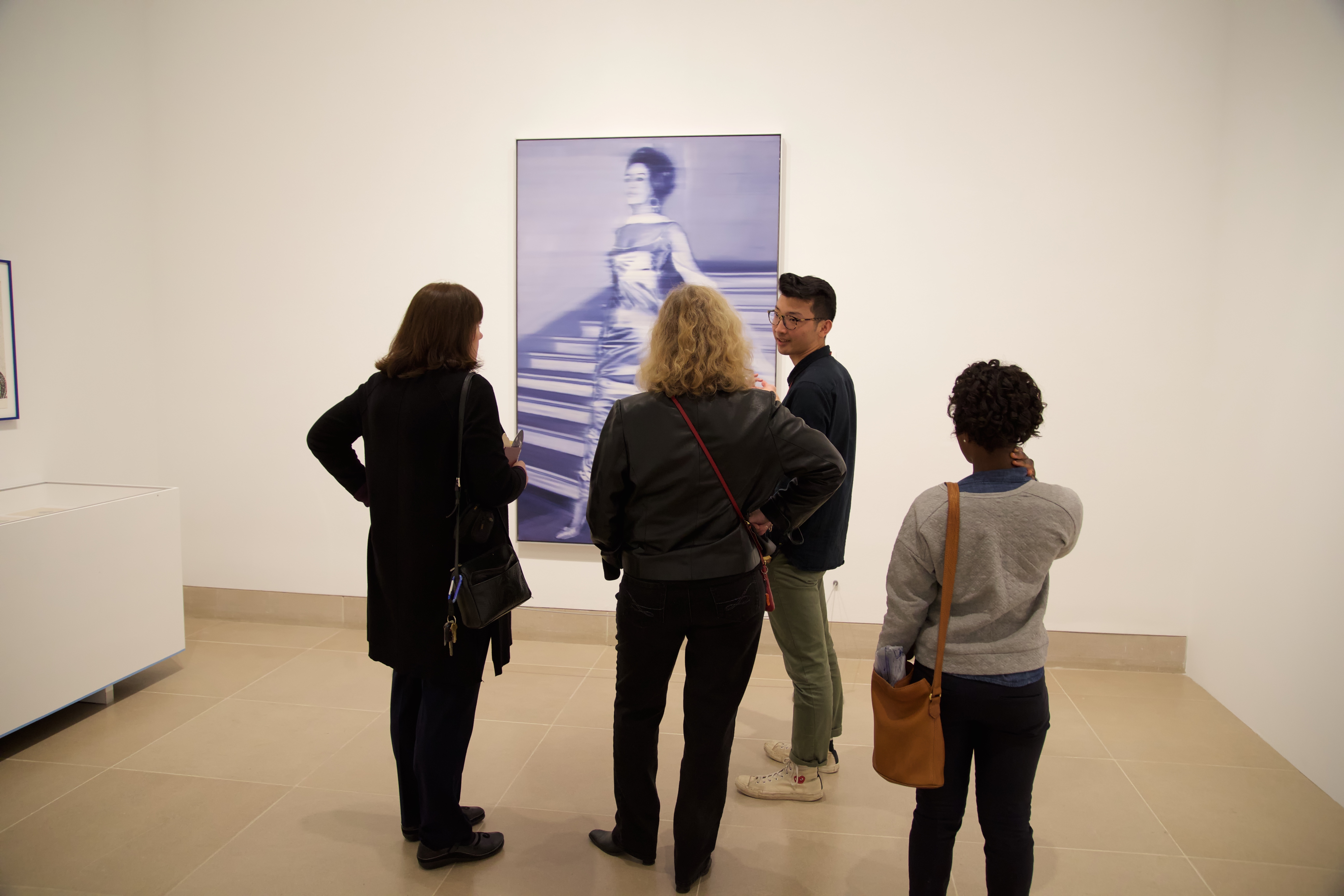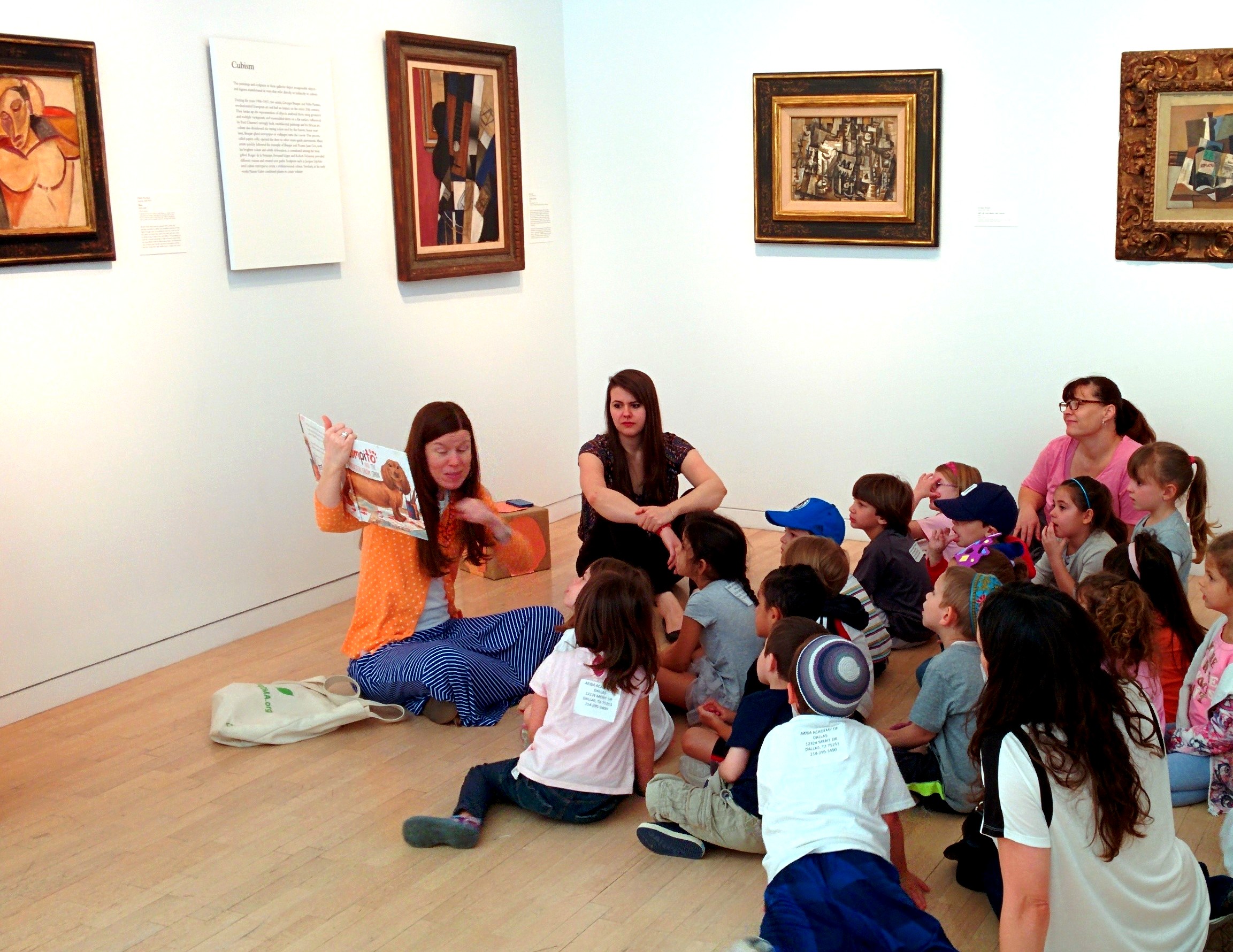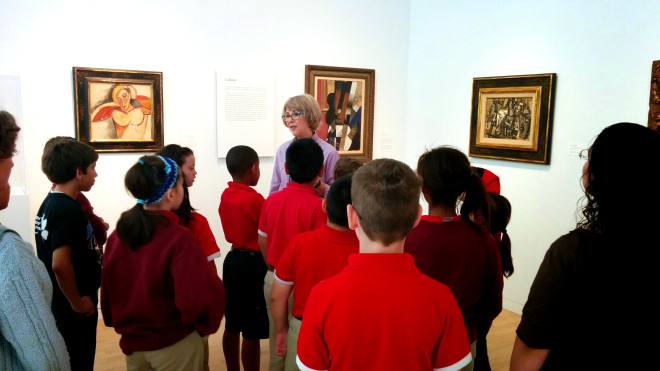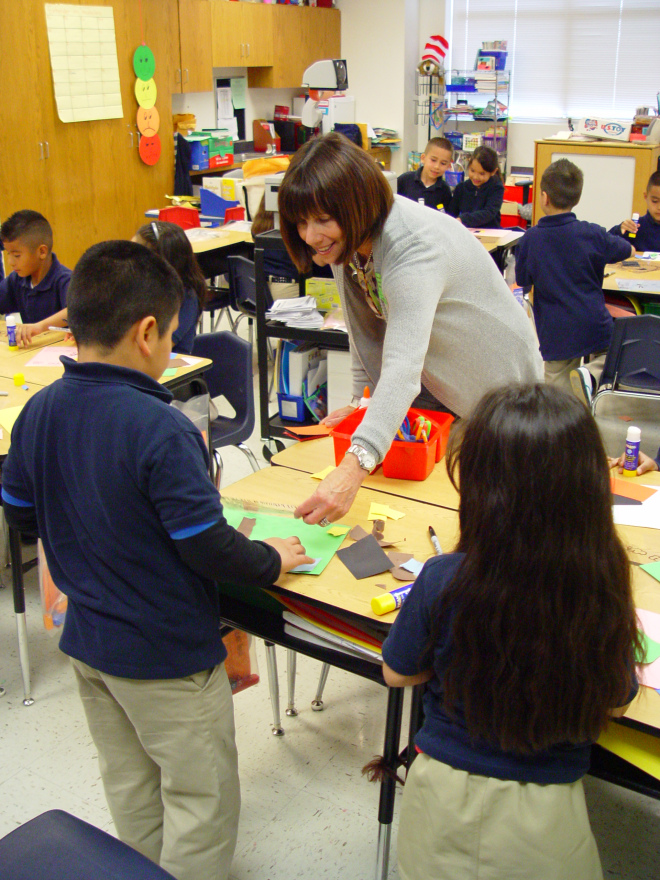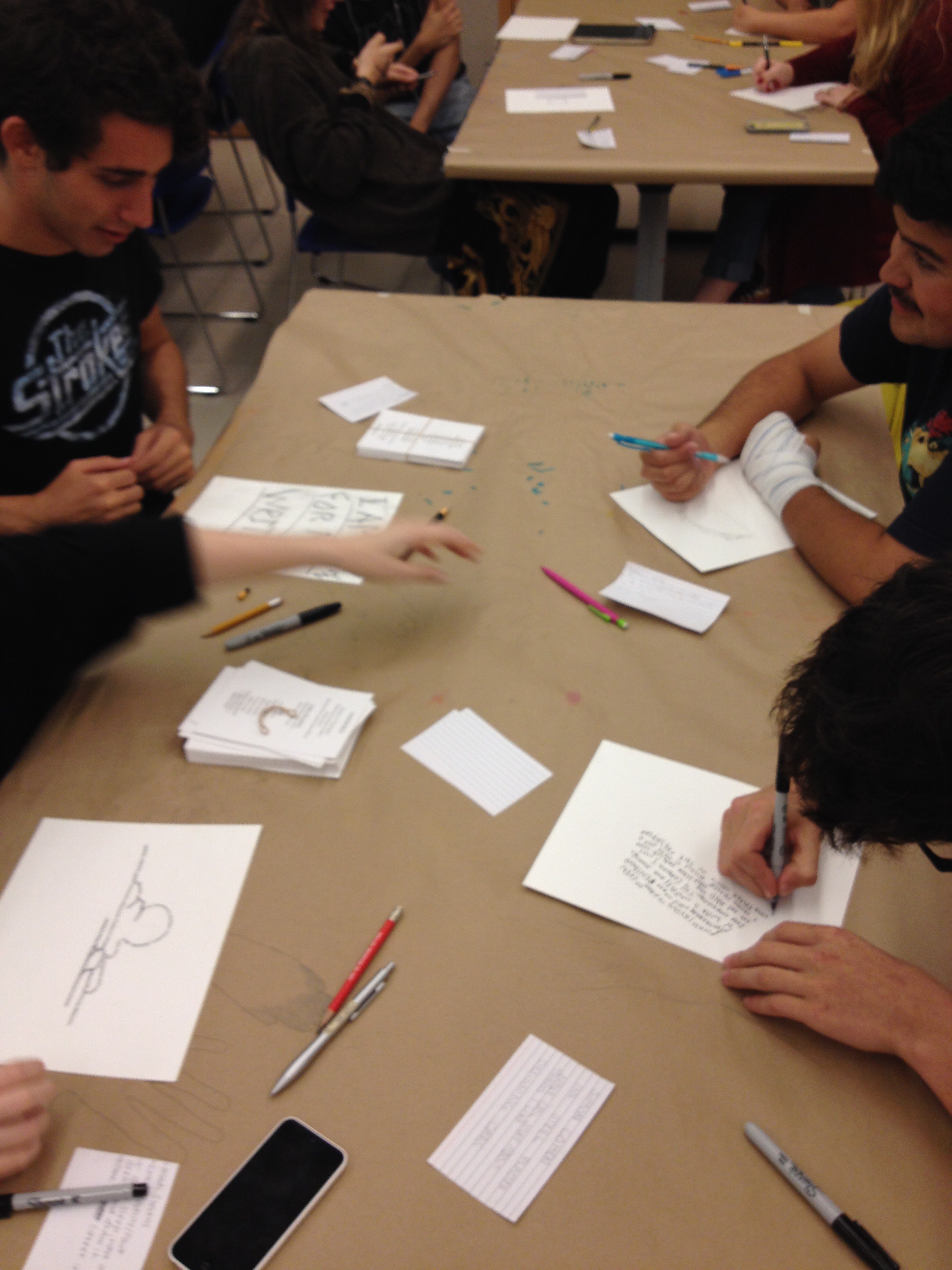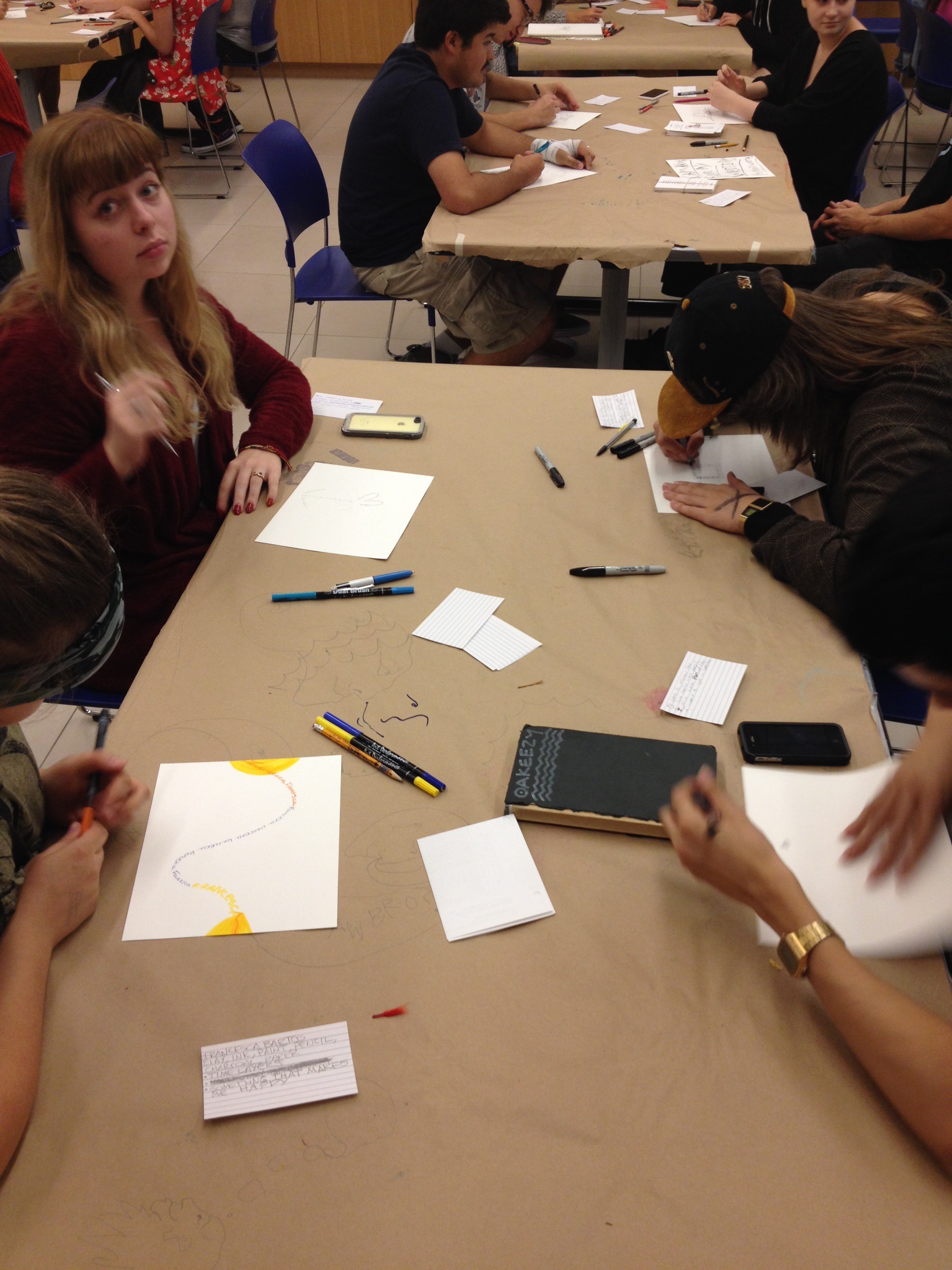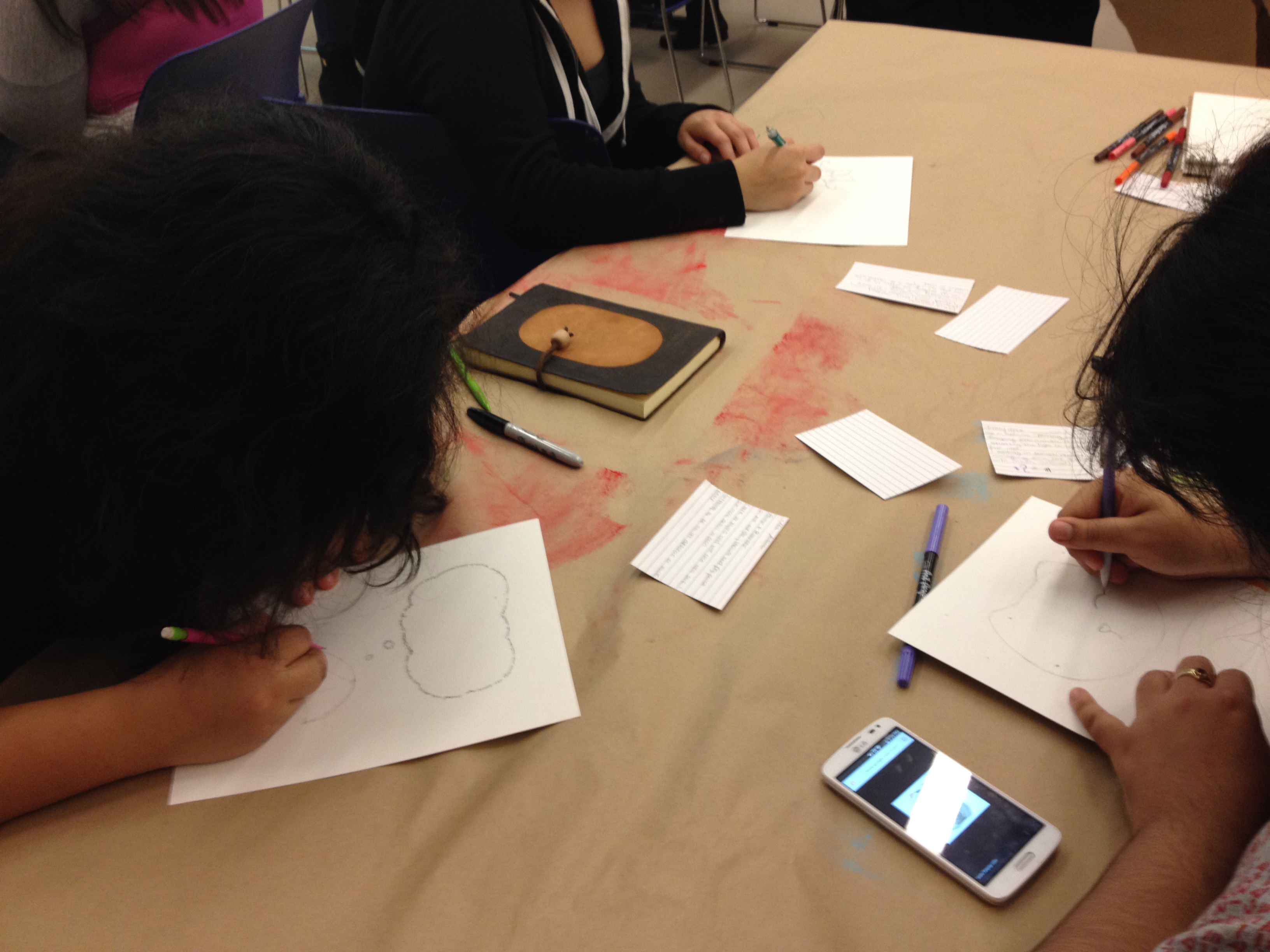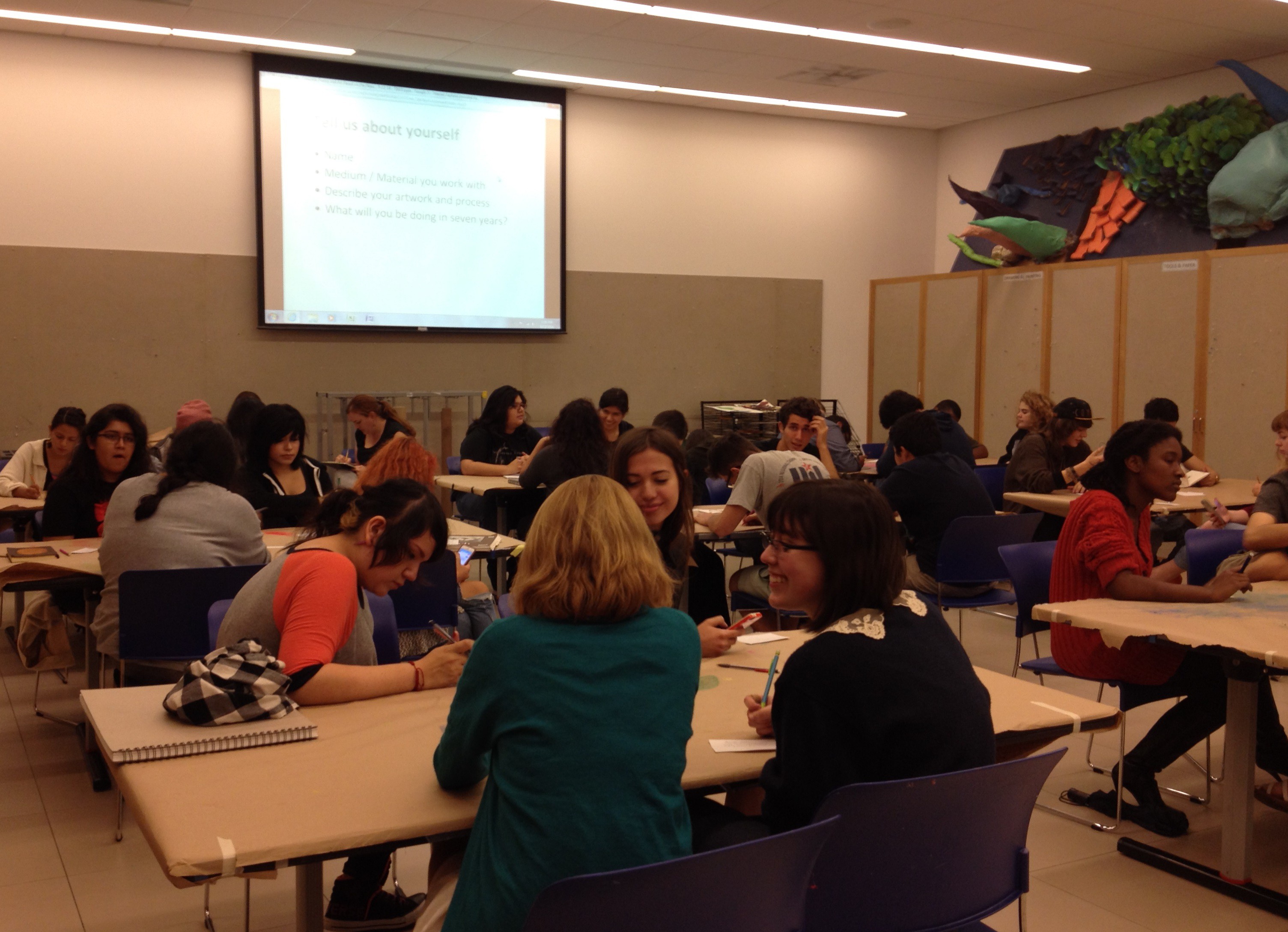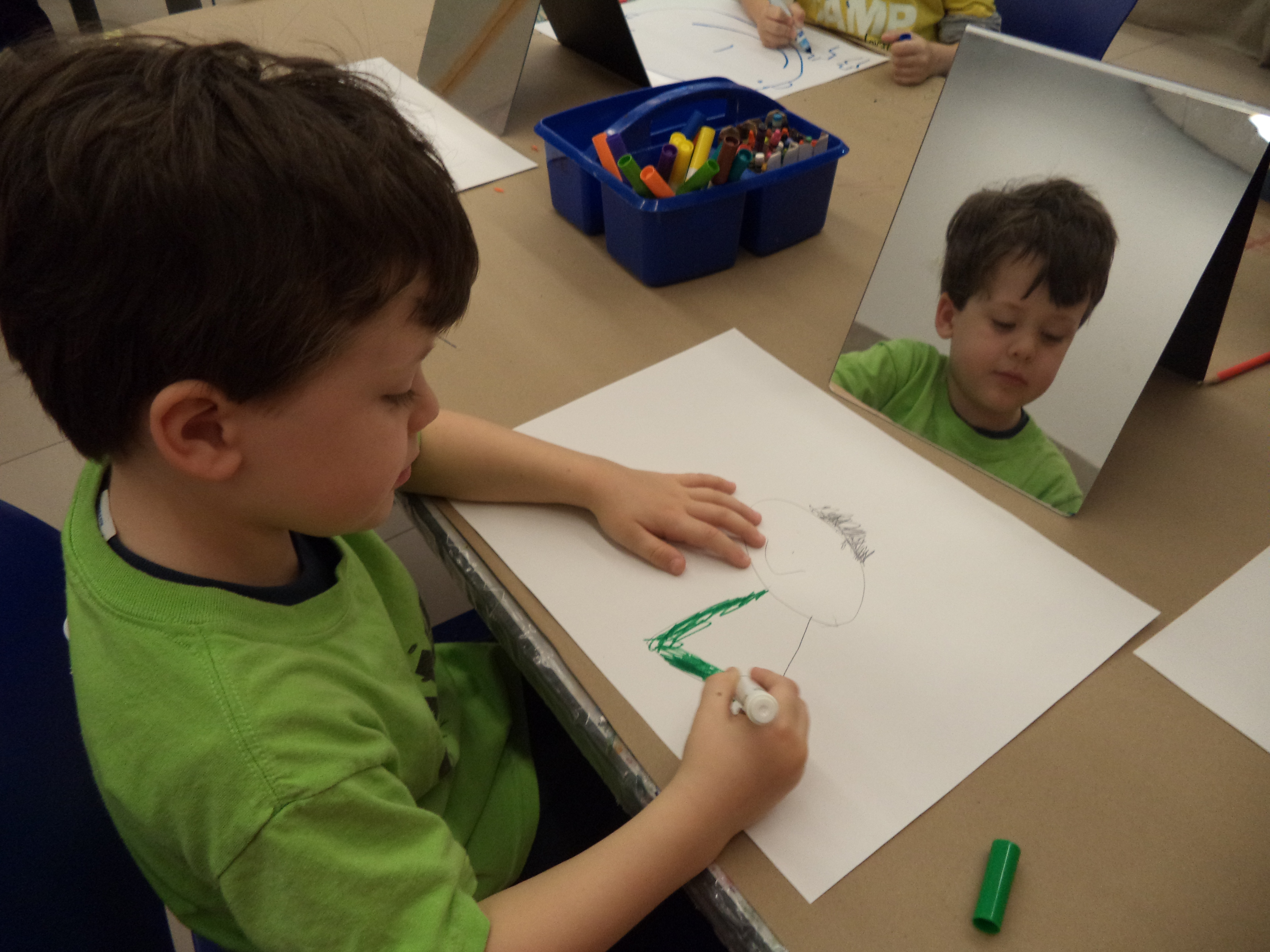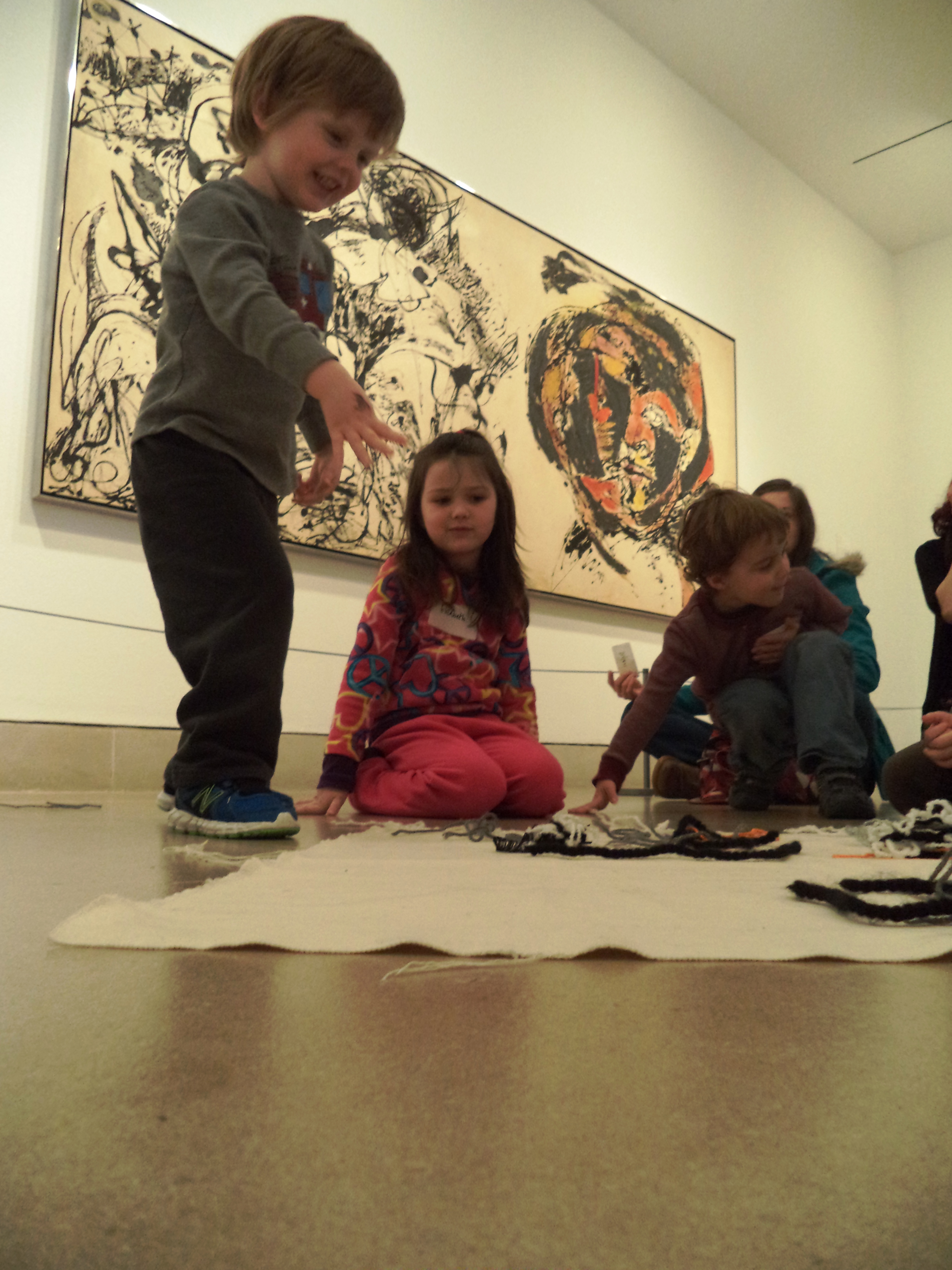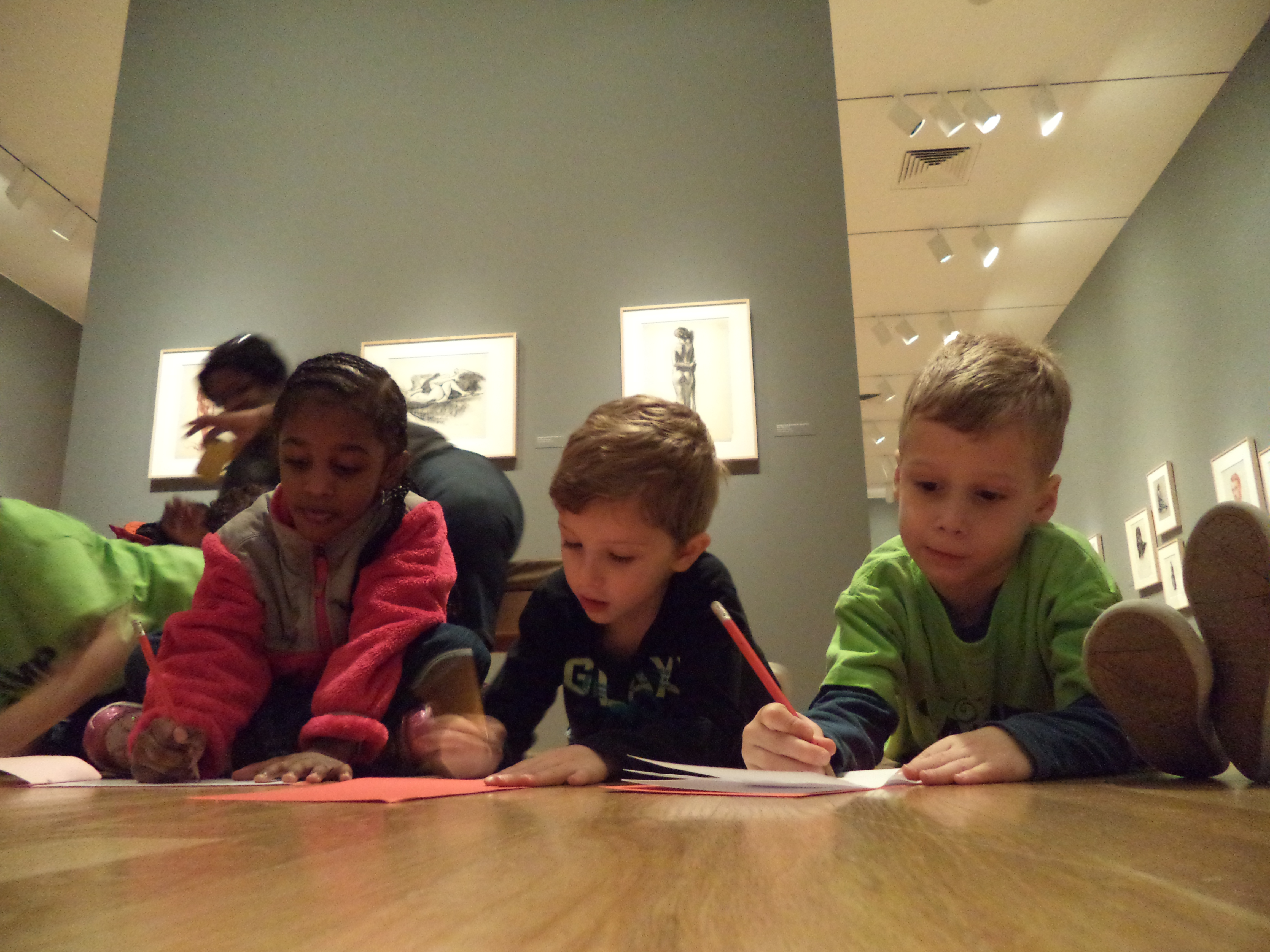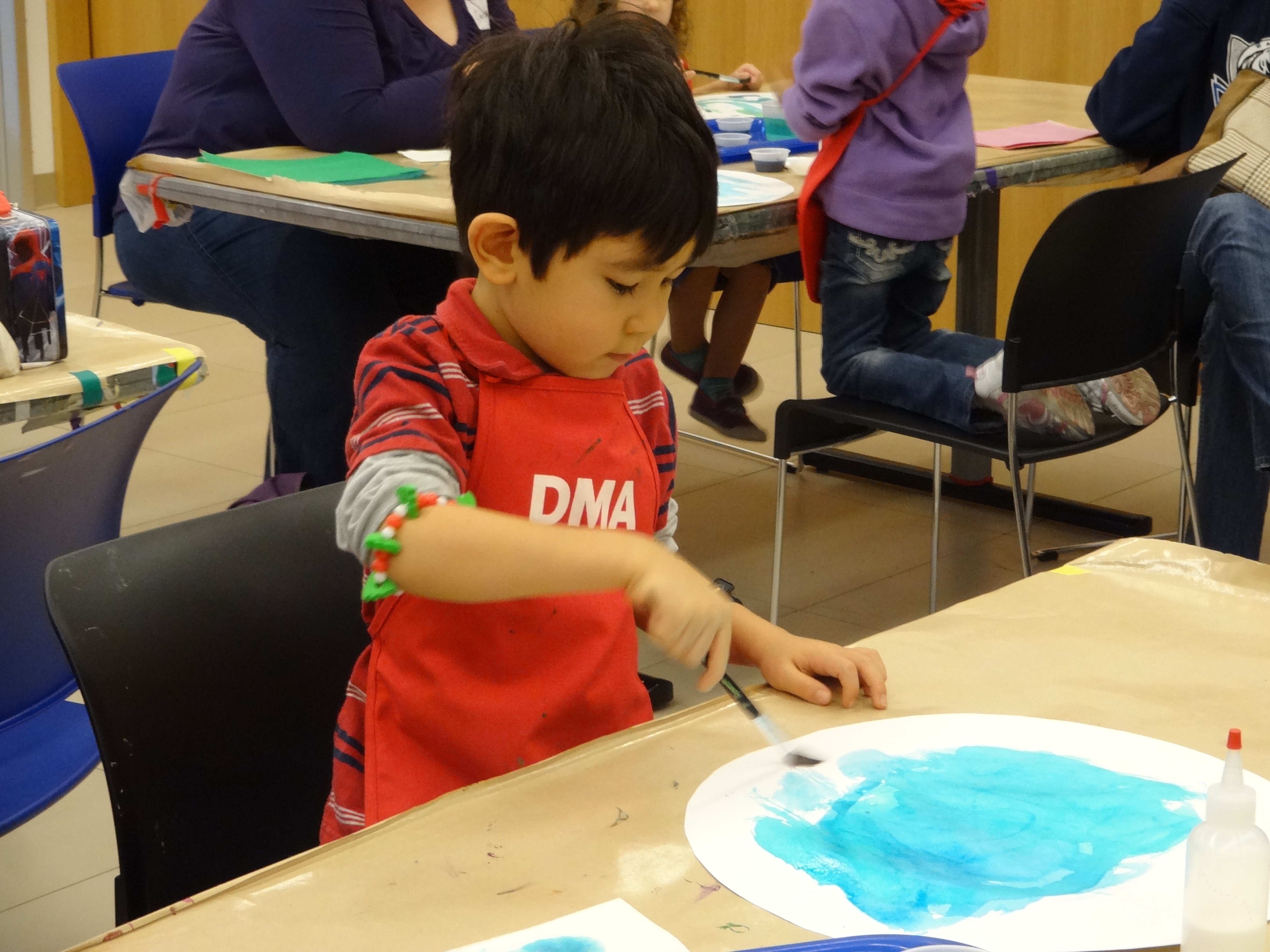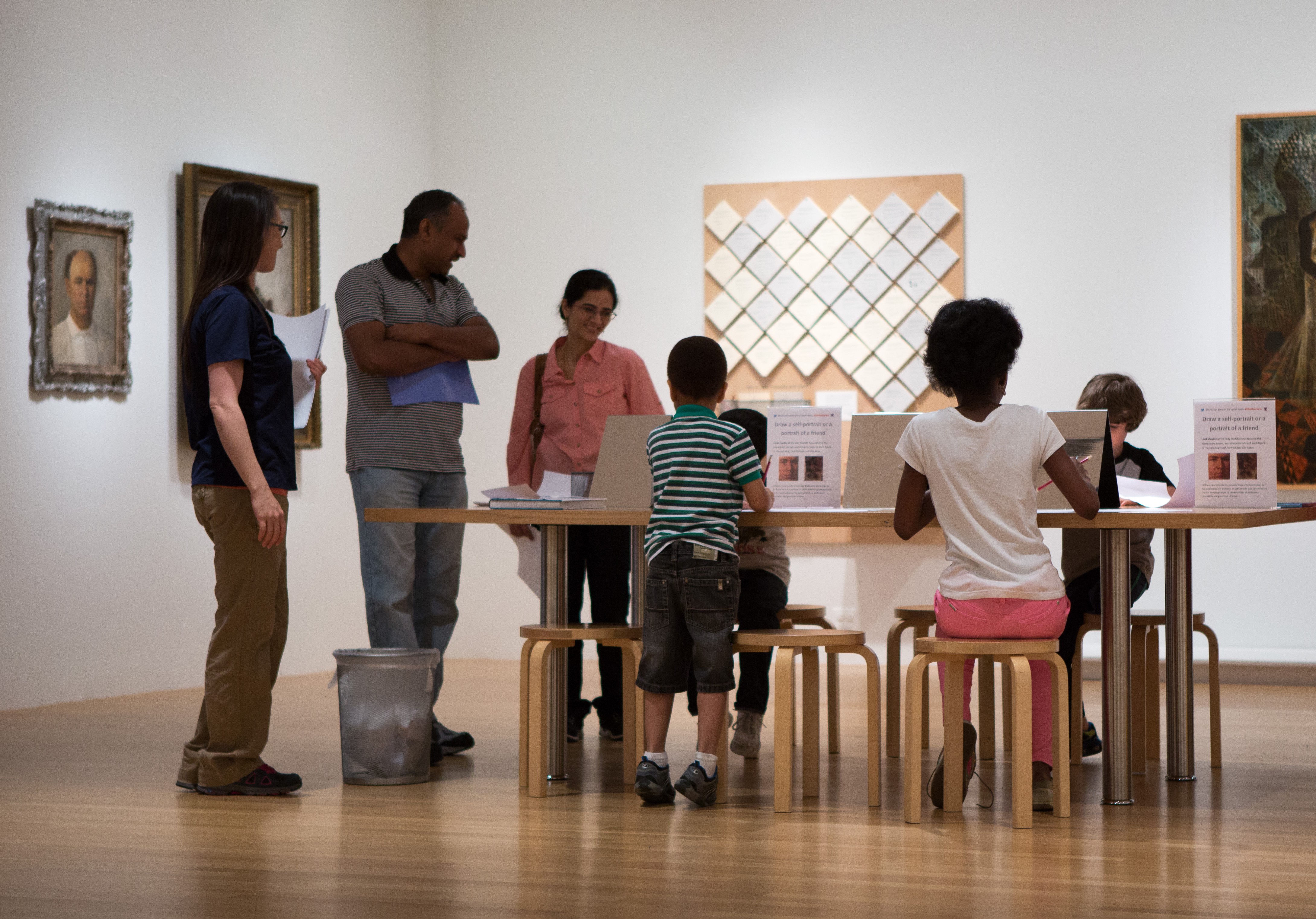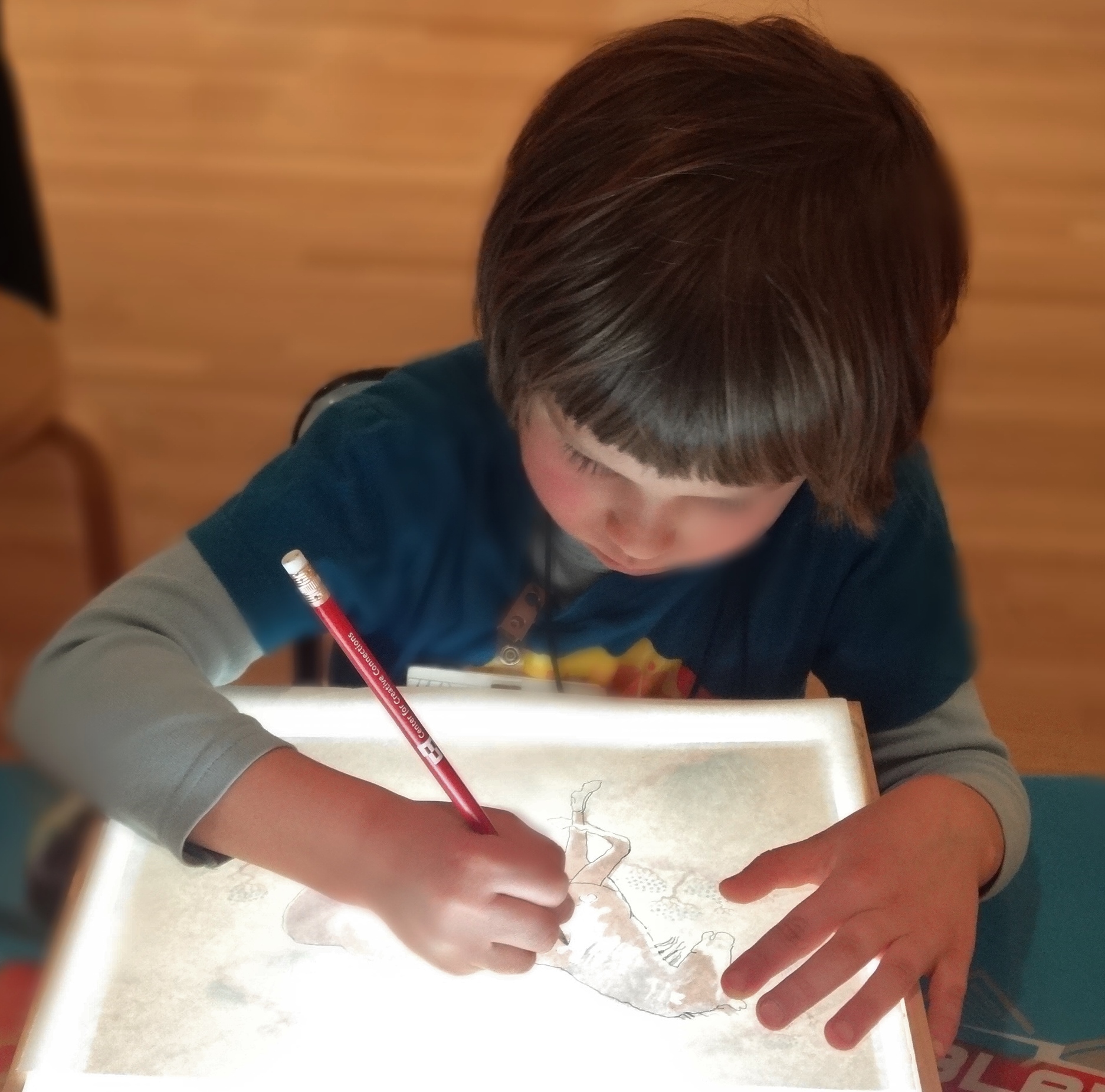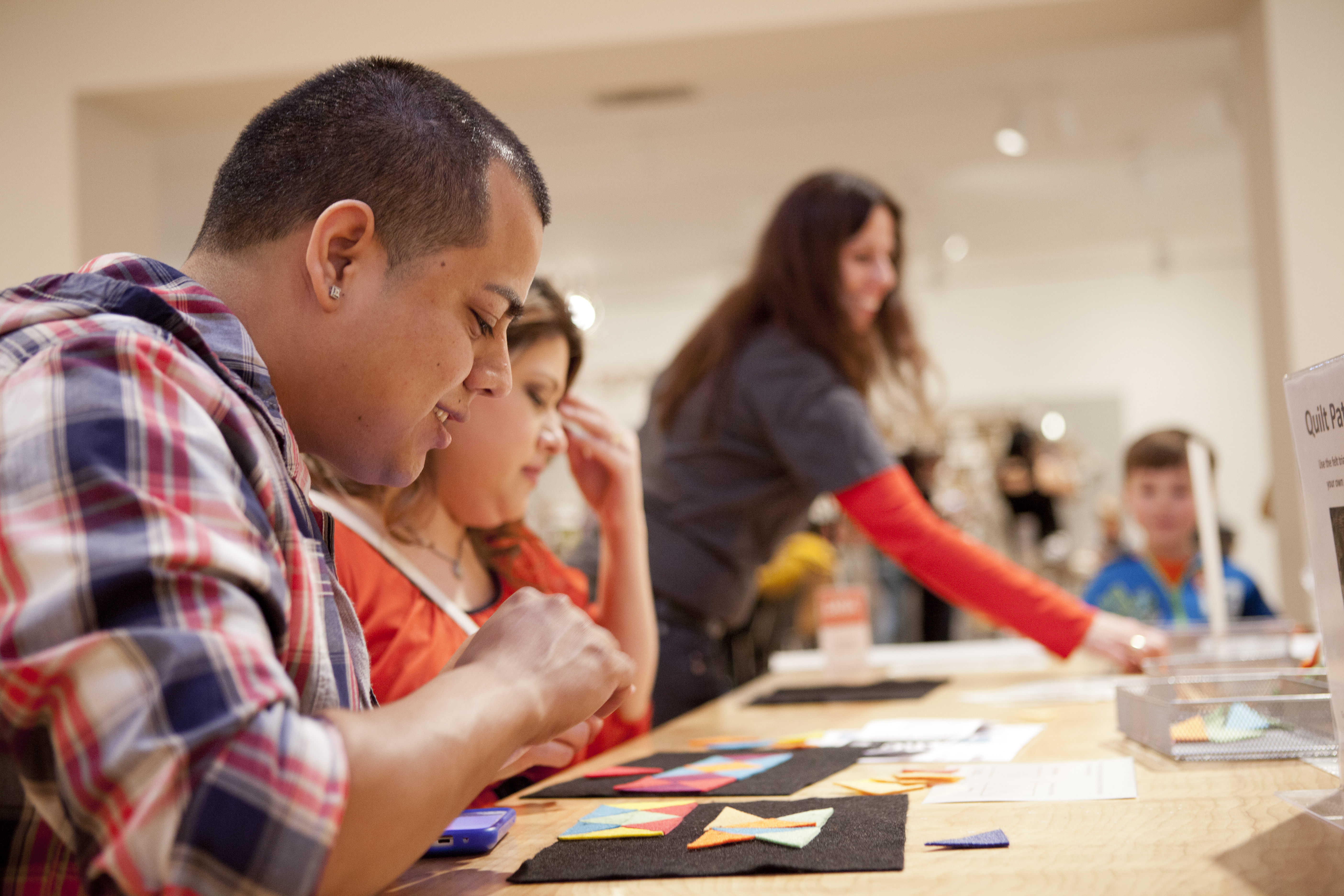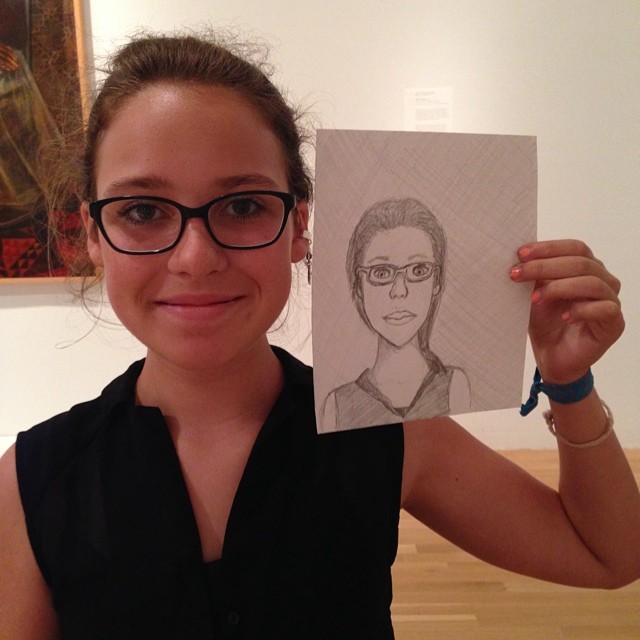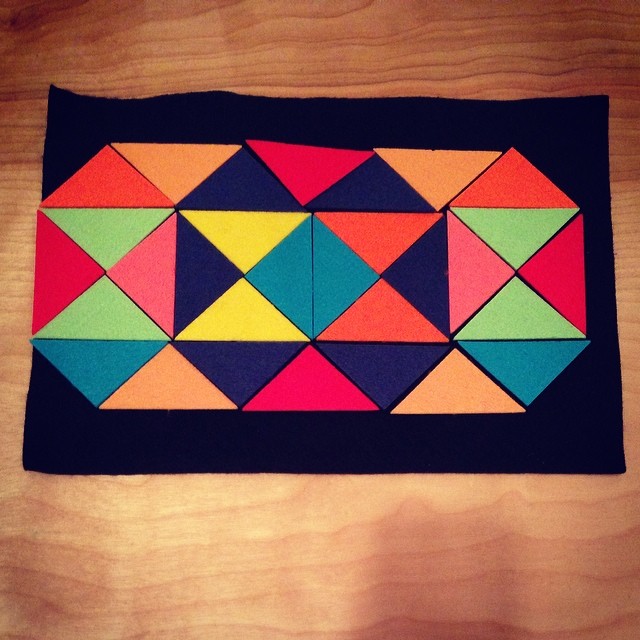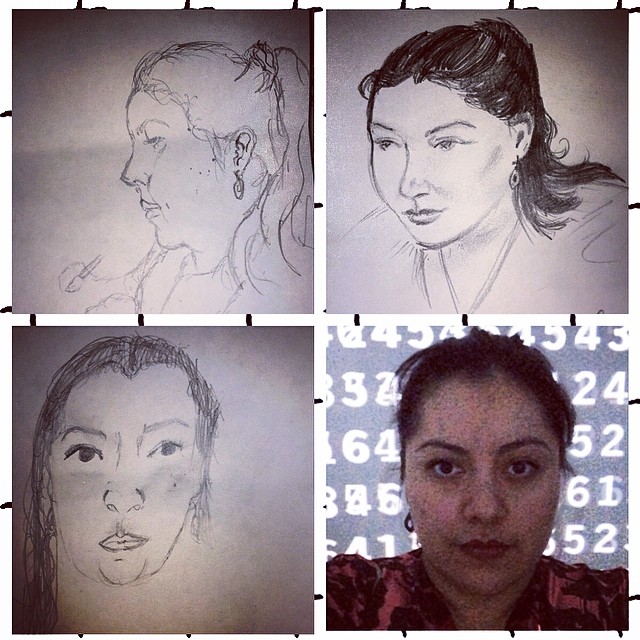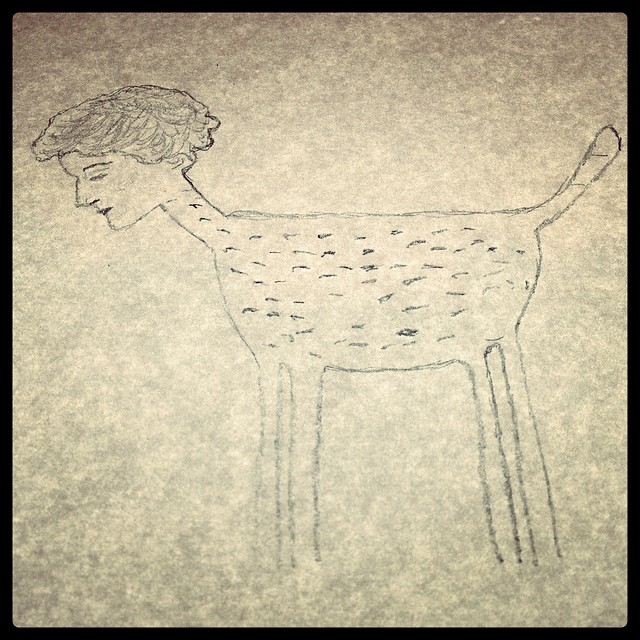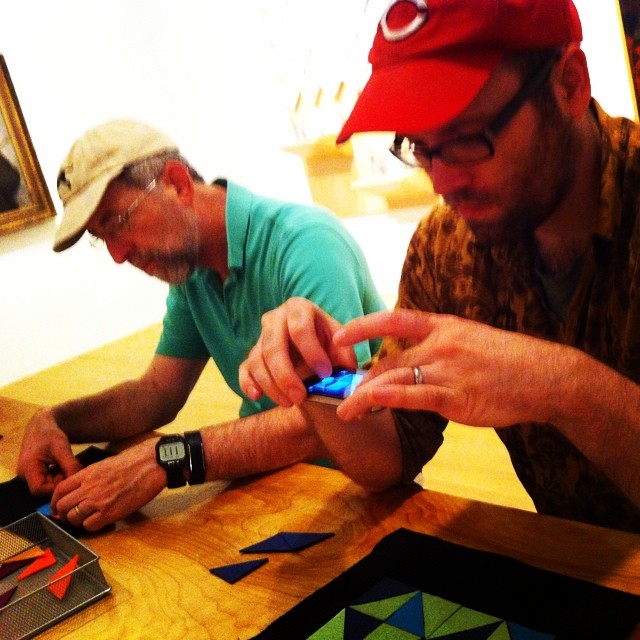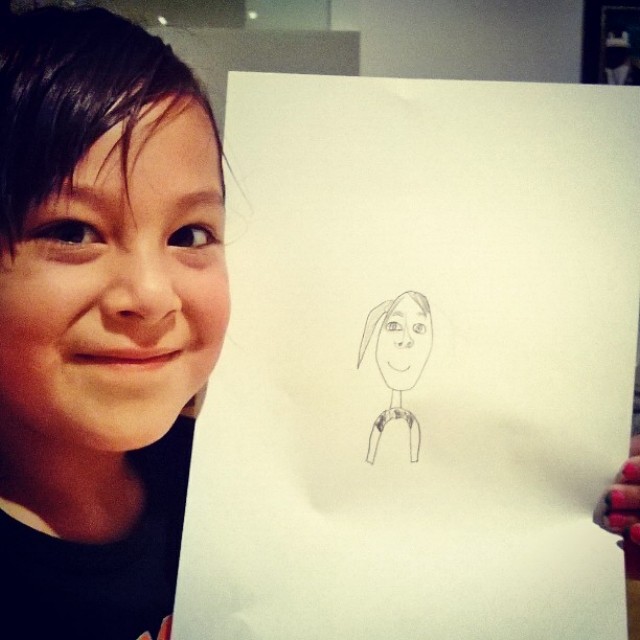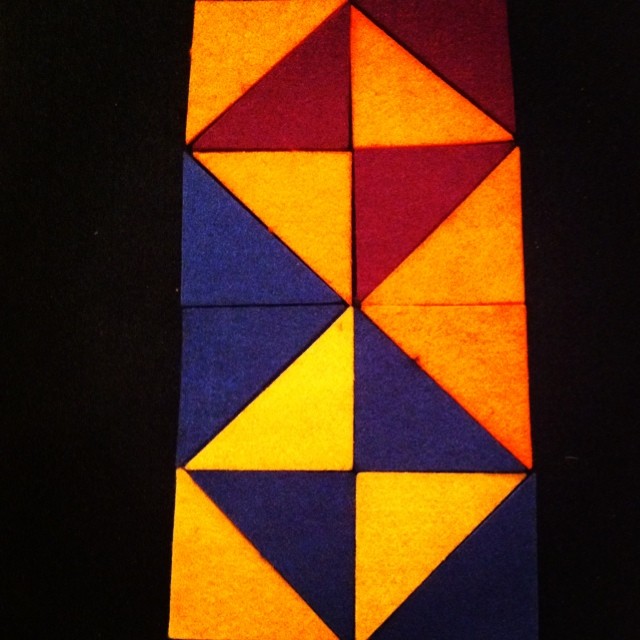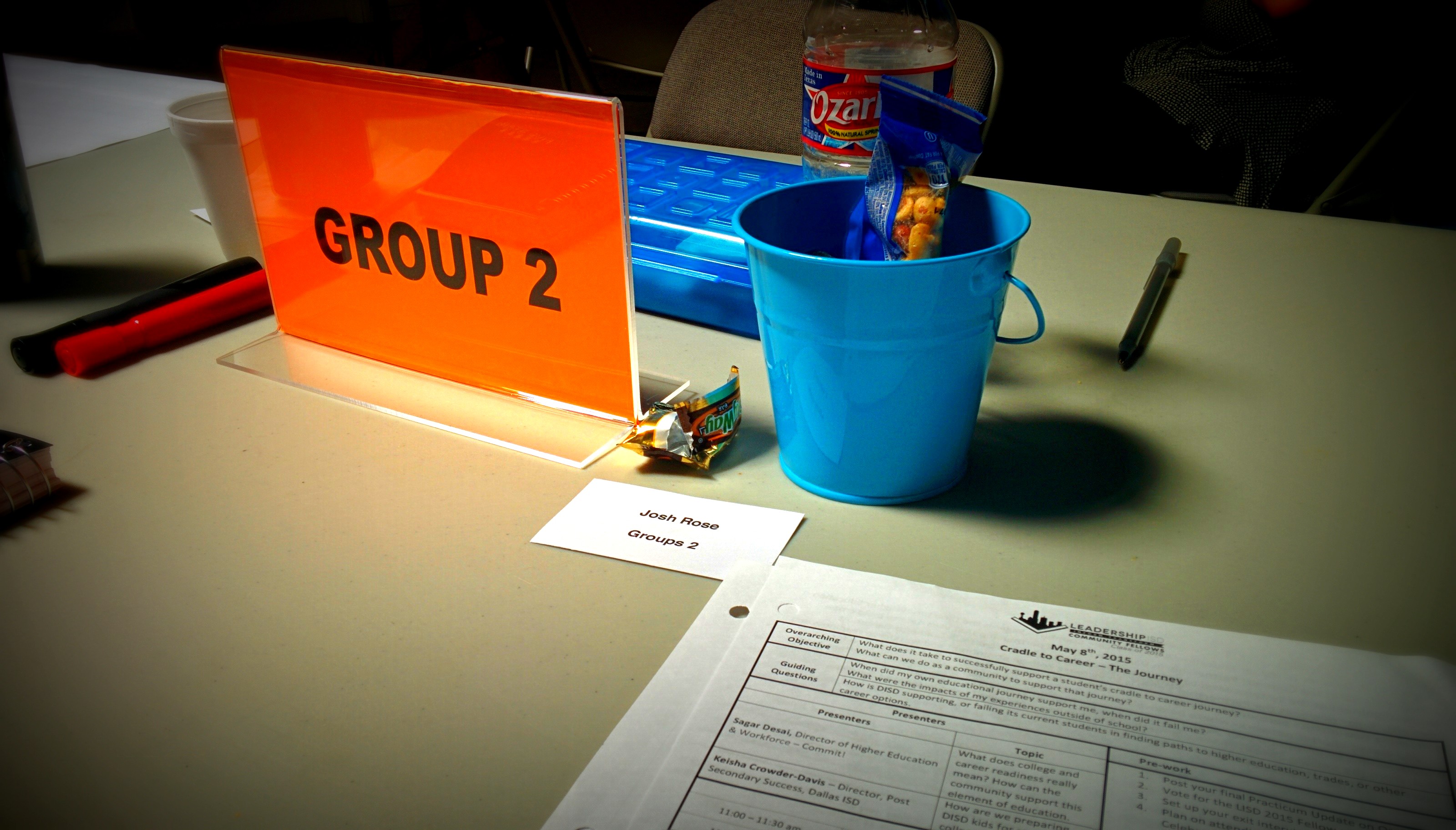
Let’s consider the proverbial elephant in the room: many school districts, including Dallas ISD, are in need of community help, be it as informed advocates or active participants. Often, those of us outside the intricacies of the district itself feel helpless to initiate assistance, or to even know where to start. It was this realization, along with a desire as both a museum educator working with teachers and a parent of a DISD student, that led me to apply to be a fellow in this year’s Leadership ISD program. To be accepted into the program and participate this year has been an immensely rewarding, heartening, and humbling experience.
Helmed by Patricia Arvanitis and an amazing group of staff and volunteers, Leadership ISD is a non-profit organization dedicated to fostering knowledgeable citizen advocates for the Dallas Independent School District, ultimately serving as a growing group who can help all students achieve and thrive.
From September through May, we forty-two LISD Fellows attended a series of monthly seminars each focusing on a different issue DISD schools and students face, including the opportunity gap, early childhood education, and buildings and facilities. Those may sound like dry topics, but the activities and conceptualizing that went into each proved to be fascinating. For the training on buildings and facilities, we began the day in groups charged with this question: what would an ideal school look like? As each group brainstormed and later shared their ideas, it became clear that our approaches focused on different ways of tackling the idea: one group considered what might be done with the empty school buildings already owned by DISD, while another group considered a perfect school developed around different educational models.
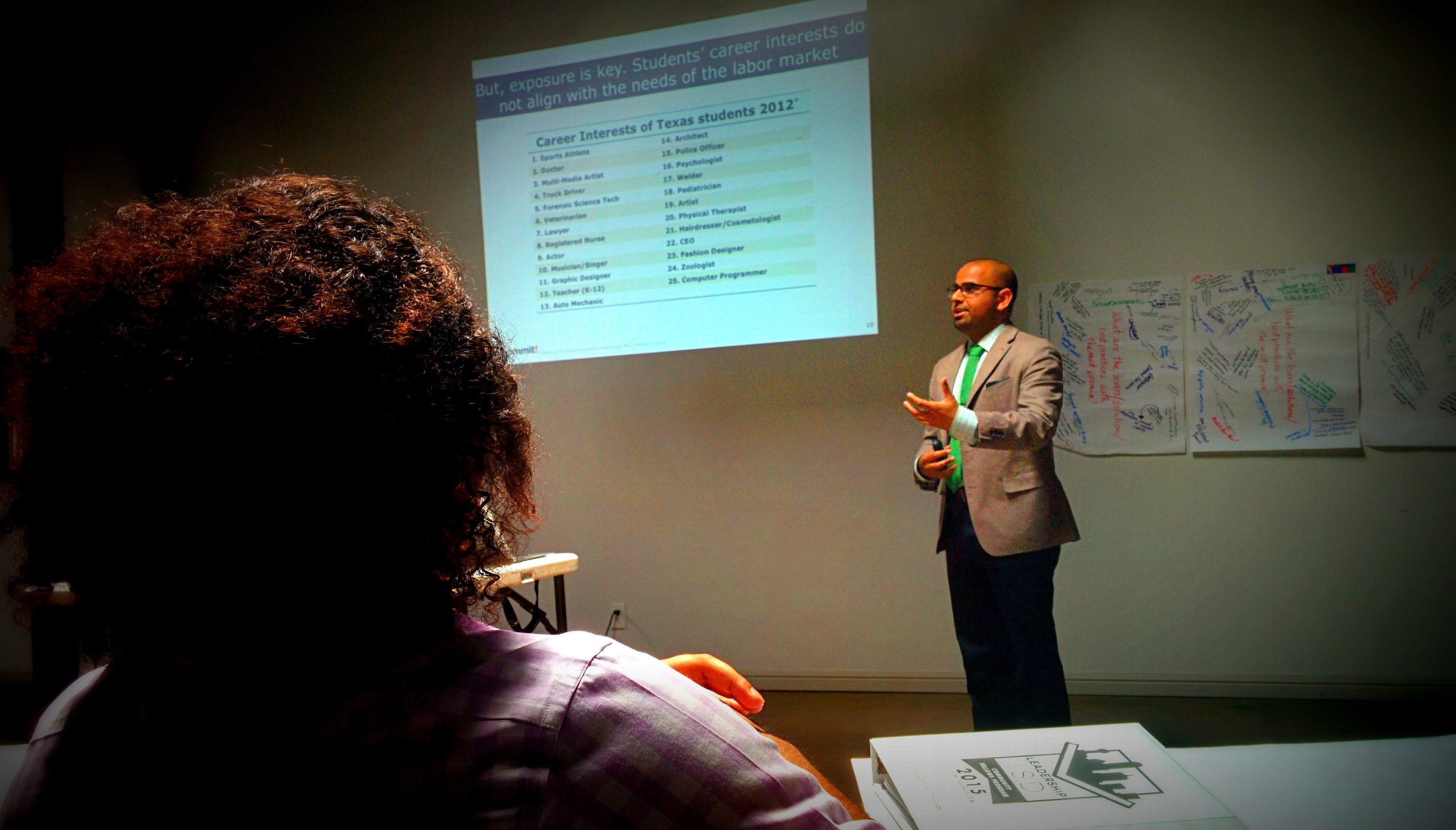
One of the benefits of being part of the Leadership ISD is hearing from an array of knowledgeable voices. As part of our monthly meetings we had opportunities to discuss issues with parents, teachers, experts from organizations like Uplift Education, Momentus Institute, and Teach For America, and key figures like school board members, Superintendent Mike Miles, and Mayor Mike Rawlings. At such times we were encouraged to ask probing questions and critically evaluate whatever data was presented.
Beyond these monthly seminars, though, was the real meat of being a LISD Fellow. As part of our participation we were required to attend school visits, DISD board meetings, and participate in a Practicum project assigned to a specific school. These “on the ground” activities not only engaged us in a more individual way with the issues schools, teachers, and students are facing, but empowered us to create active and ongoing results for all involved.
 As our year has wrapped up, two different things have been dominating my mind. First, after almost every seminar, meeting, and practicum discussion I was involved with, I always walked away with the sense that the issues schools, teachers, and districts are facing are immensely complicated. There are no easy solutions. The more I learned, the more complicated each topic appeared. Yet, this feeling was always tempered by an extreme sense of hope, of participation as a step amid these complicated issues, to chart a path through them. This second feeling — hope — is one that any of us can have by getting involved and informed. If you are so inclined — and I hope you are — consider applying to be one of Leadership ISD’s Fellows next year, won’t you? The deadline to apply is June 1st!
As our year has wrapped up, two different things have been dominating my mind. First, after almost every seminar, meeting, and practicum discussion I was involved with, I always walked away with the sense that the issues schools, teachers, and districts are facing are immensely complicated. There are no easy solutions. The more I learned, the more complicated each topic appeared. Yet, this feeling was always tempered by an extreme sense of hope, of participation as a step amid these complicated issues, to chart a path through them. This second feeling — hope — is one that any of us can have by getting involved and informed. If you are so inclined — and I hope you are — consider applying to be one of Leadership ISD’s Fellows next year, won’t you? The deadline to apply is June 1st!
Josh Rose
Manager of Docent and Teacher Programs
